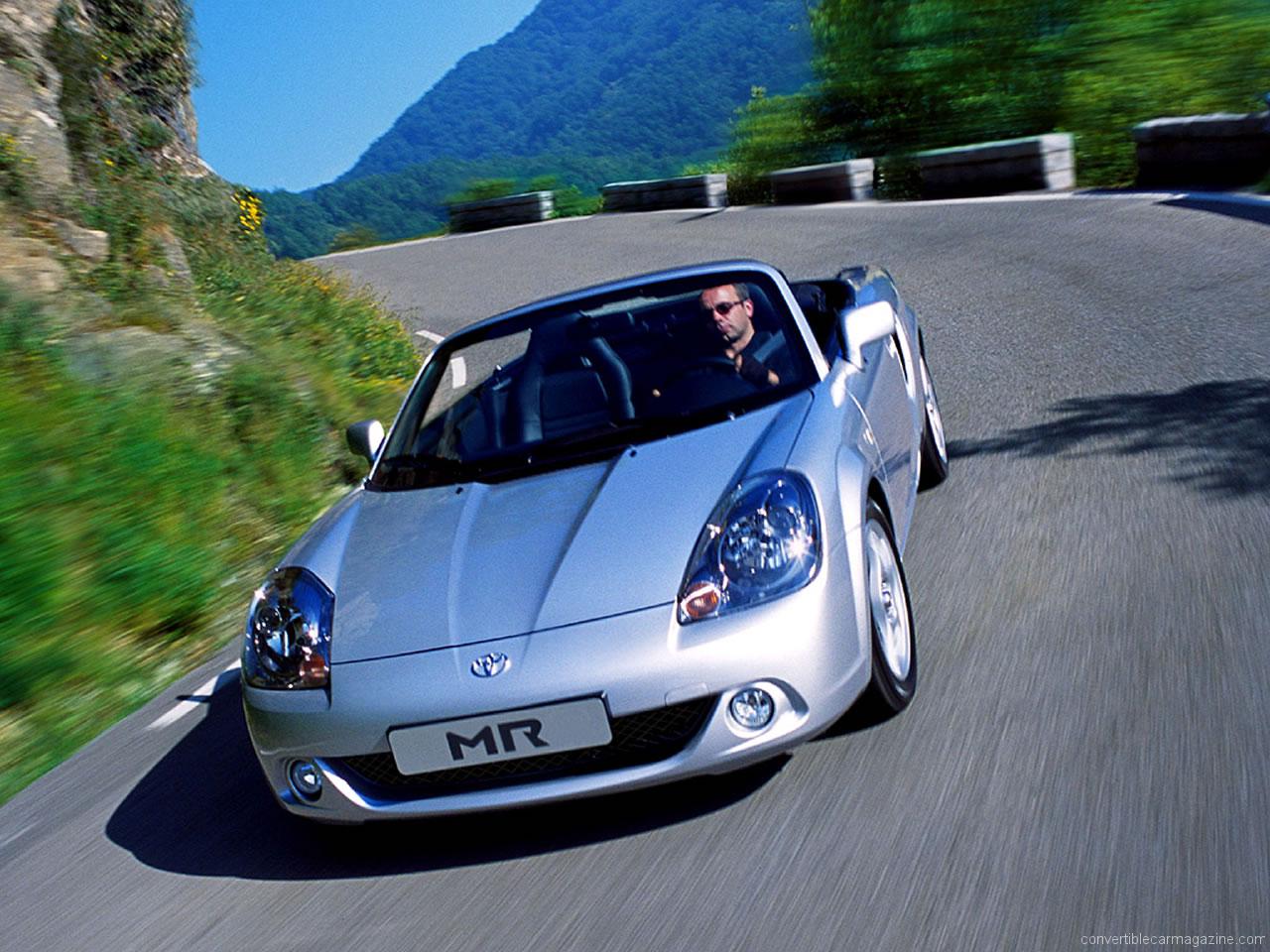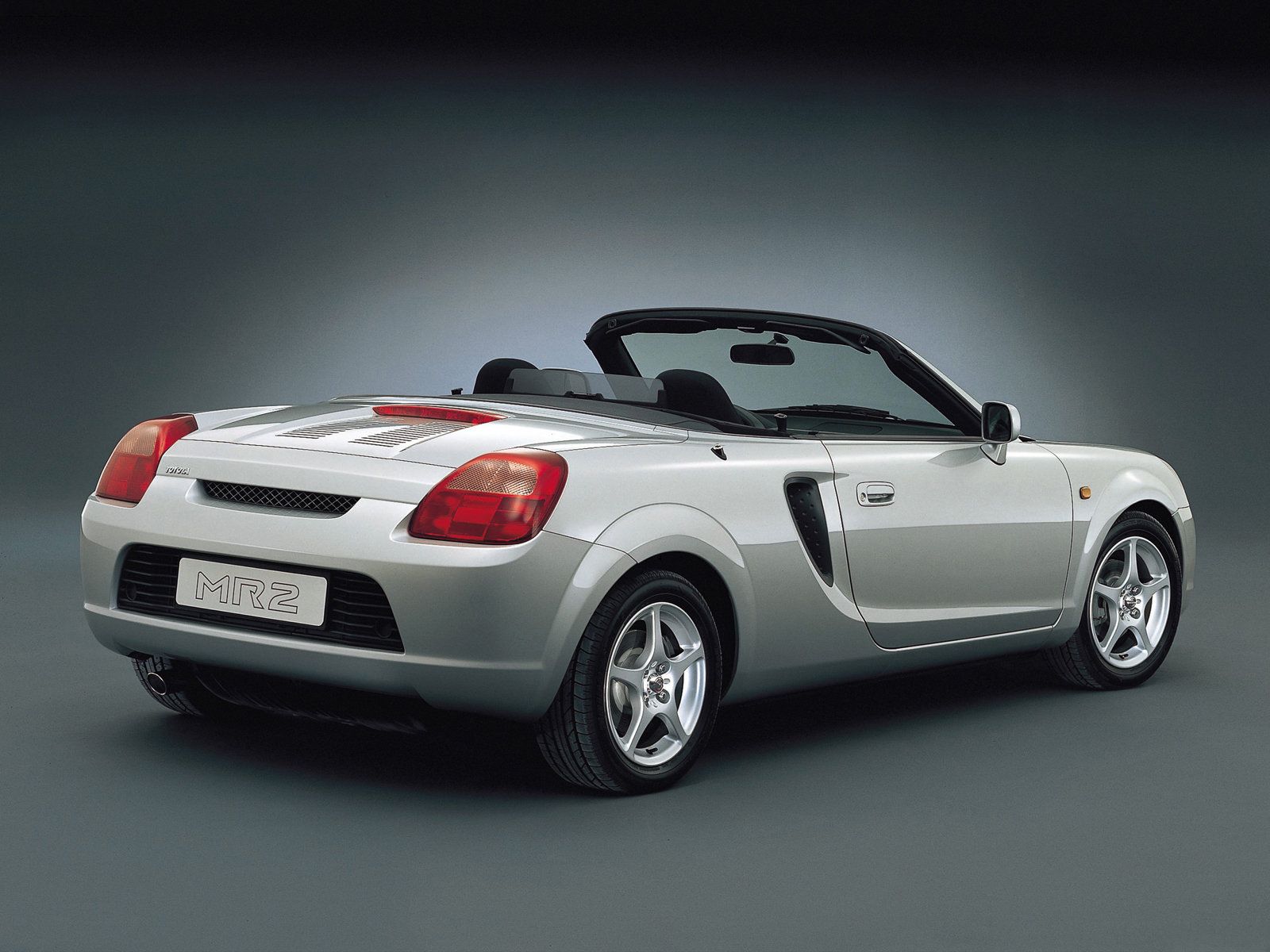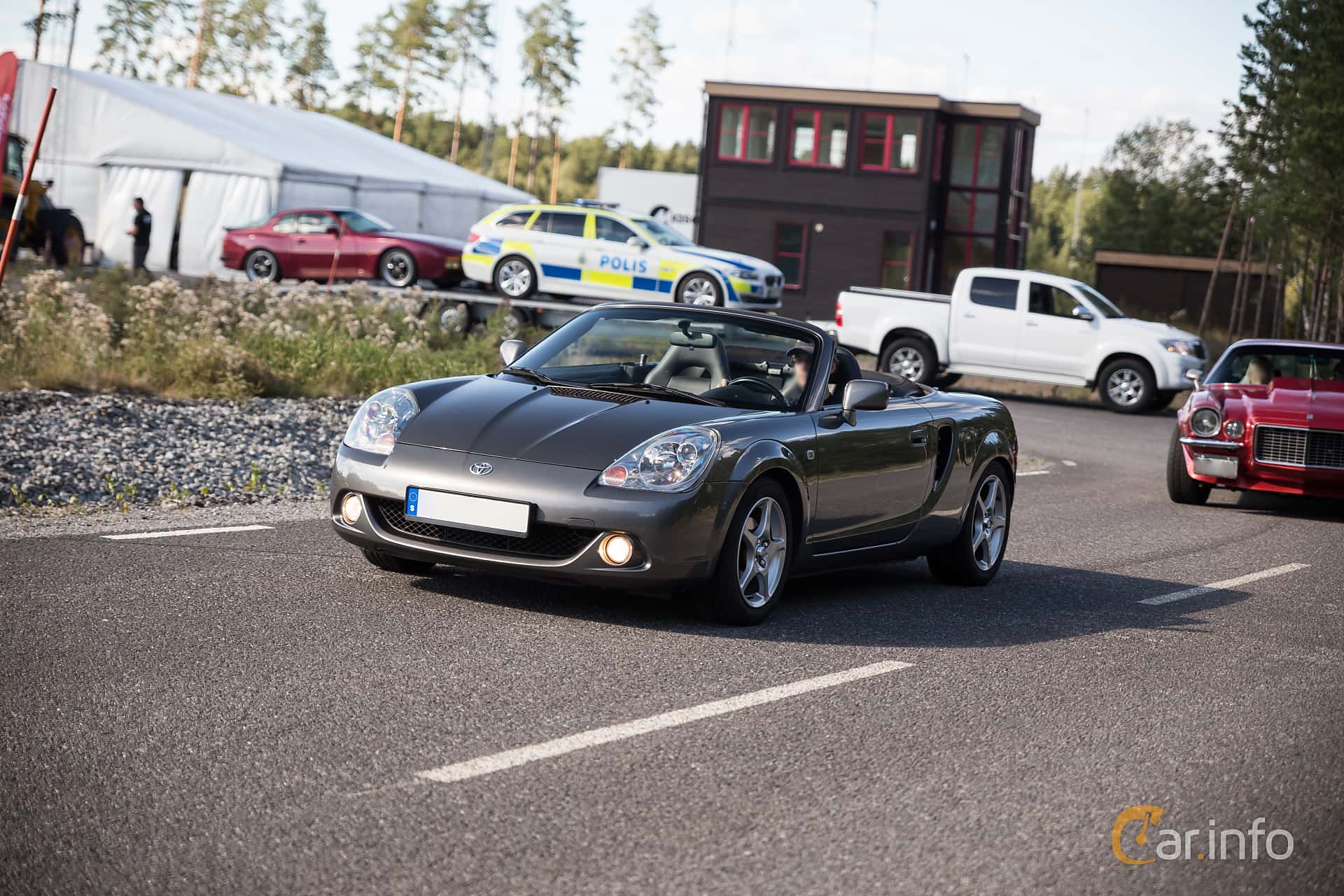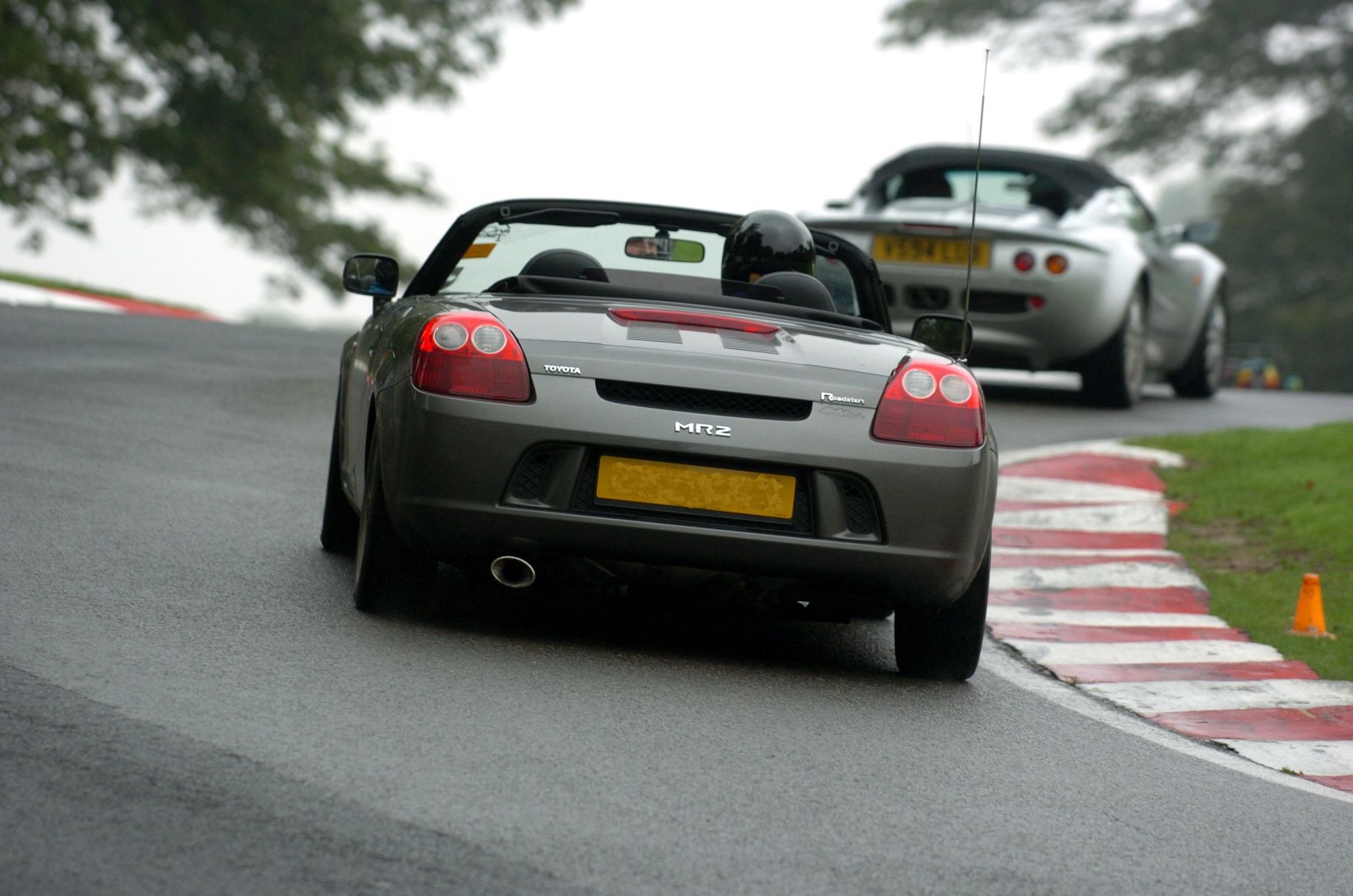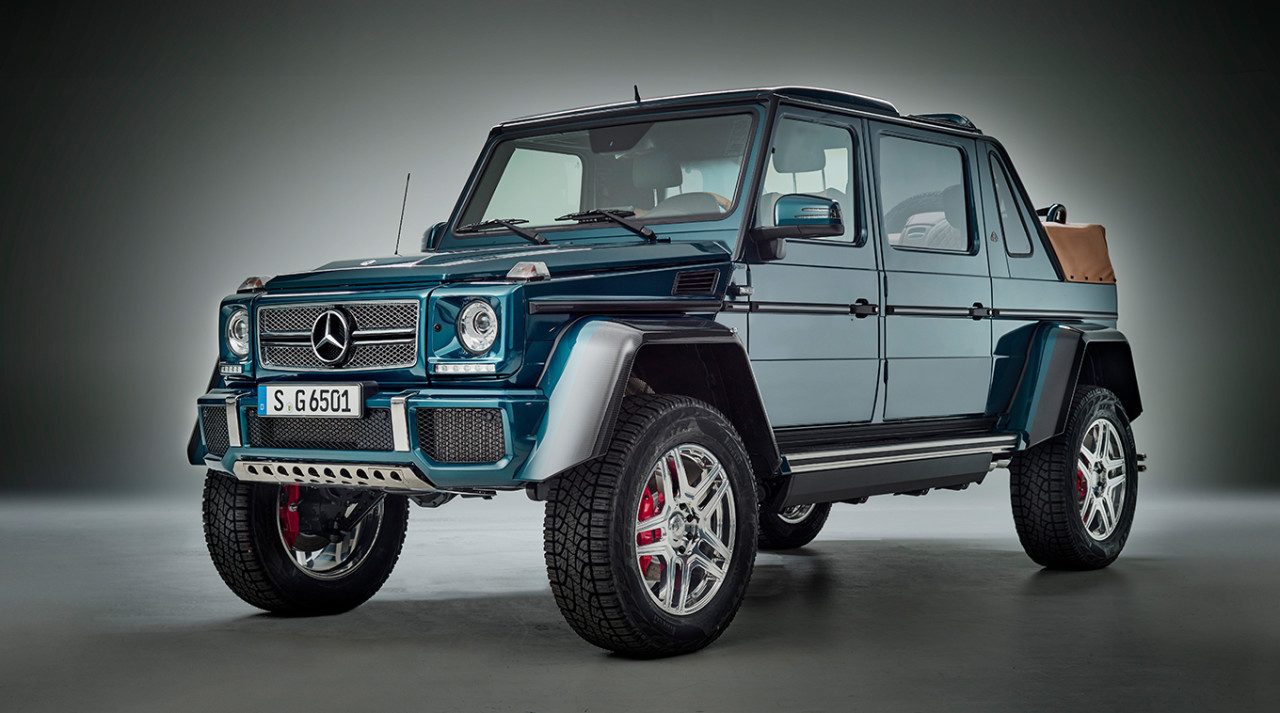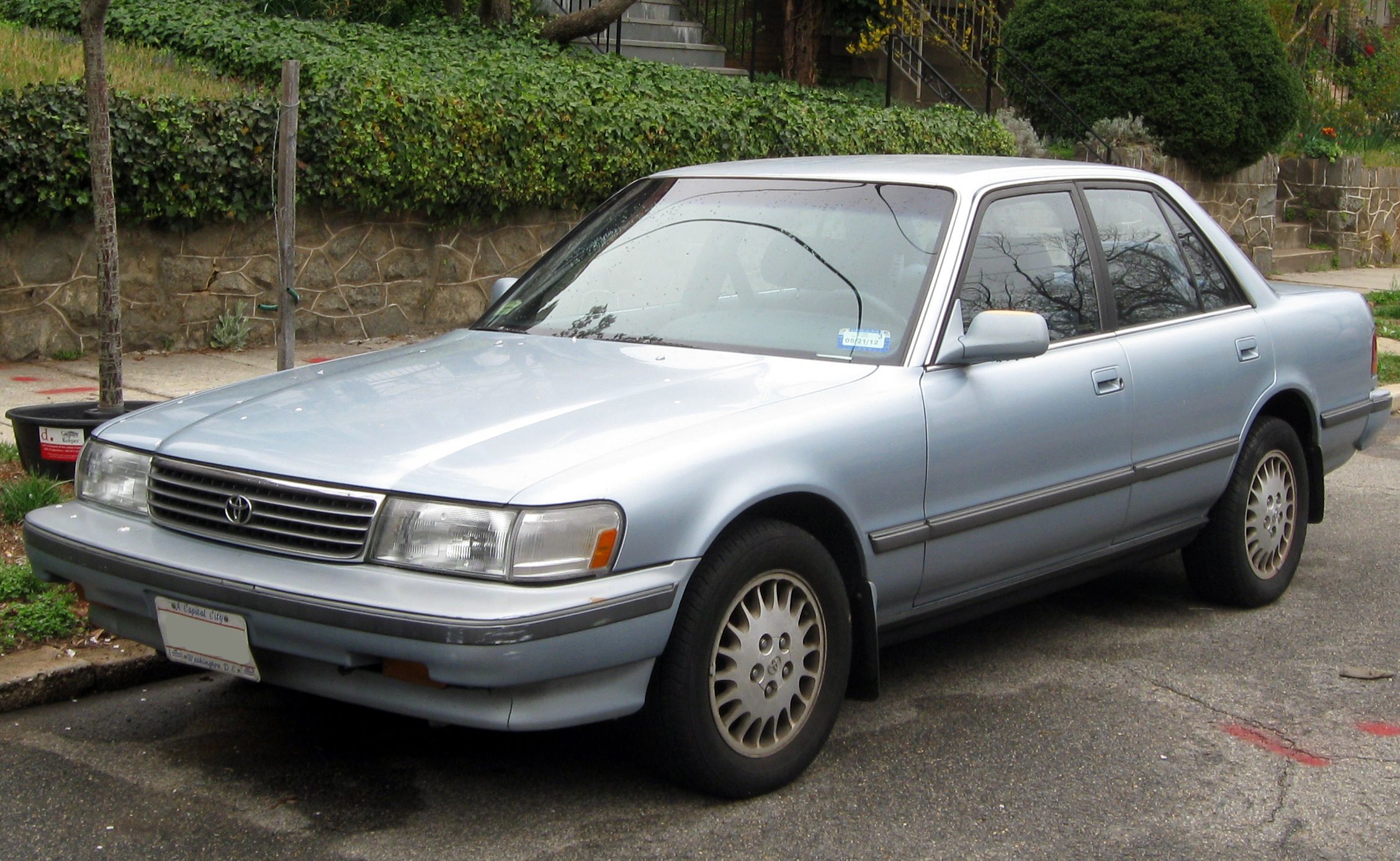You are using an out of date browser. It may not display this or other websites correctly.
You should upgrade or use an alternative browser.
You should upgrade or use an alternative browser.
READ THE OP! GTP Cool Wall Nomination Thread [Always accepting more cars!]
- Thread starter Snikle
- 3,560 comments
- 343,934 views
- 9,401

- Western Sydney
- mustafur
1987-1989 Mazda 323 AWD Turbo 16V GT

Body Style: 3 Door Hatchback
Engine: 1.6L Inline Four B6T Turbo
Power: 150hp
Torque: 138 lb-ft
Weight 1100kg
Transmission: 5 Speed Manual
Drivetrain: Front Engine All Wheel Drive
Additional Information: Also known as the Familia GT-Xe in Japan this was the Limited edition Familia/323 Built to compete in Group A rally Which Provided Mazdas First Ever Victory in the 1987 Sweden Rally, and a Highest of 3rd in the constructors in 1989 With 2 wins.
Body Style: 3 Door Hatchback
Engine: 1.6L Inline Four B6T Turbo
Power: 150hp
Torque: 138 lb-ft
Weight 1100kg
Transmission: 5 Speed Manual
Drivetrain: Front Engine All Wheel Drive
Additional Information: Also known as the Familia GT-Xe in Japan this was the Limited edition Familia/323 Built to compete in Group A rally Which Provided Mazdas First Ever Victory in the 1987 Sweden Rally, and a Highest of 3rd in the constructors in 1989 With 2 wins.
Turbo
(Banned)
- 3,824

- Elizabeth, New Jersey
1979-2002 Volkswagen Type 2/Transporter/Caravelle/Vanagon/Microbus (T3)

Body Style: 3-door van, 3-door pickup
Engines: 1.6L petrol F4, 1.6L diesel I4, 1.7L diesel I4, 1.9L petrol F4, 2.0L petrol F4, 2.1L petrol H4, 2.3L petrol I5, 2.5L petrol I5, 2.6L petrol I5, 3.2L I6, 3.2L F6, 3.7L I6
Power: 49-231 horsepower
Torque: 76-209 lb-ft
Weight: 1365-1695 kg
Transmission: 3-speed automatic, 4-speed manual, 5-speed manual
Drivetrain: rear engine, rear-wheel drive, rear engine, all-wheel drive

Body Style: 3-door van, 3-door pickup
Engines: 1.6L petrol F4, 1.6L diesel I4, 1.7L diesel I4, 1.9L petrol F4, 2.0L petrol F4, 2.1L petrol H4, 2.3L petrol I5, 2.5L petrol I5, 2.6L petrol I5, 3.2L I6, 3.2L F6, 3.7L I6
Power: 49-231 horsepower
Torque: 76-209 lb-ft
Weight: 1365-1695 kg
Transmission: 3-speed automatic, 4-speed manual, 5-speed manual
Drivetrain: rear engine, rear-wheel drive, rear engine, all-wheel drive
- 1,657

- With Kim Jong Un
2002-2005 Honda NSX-R
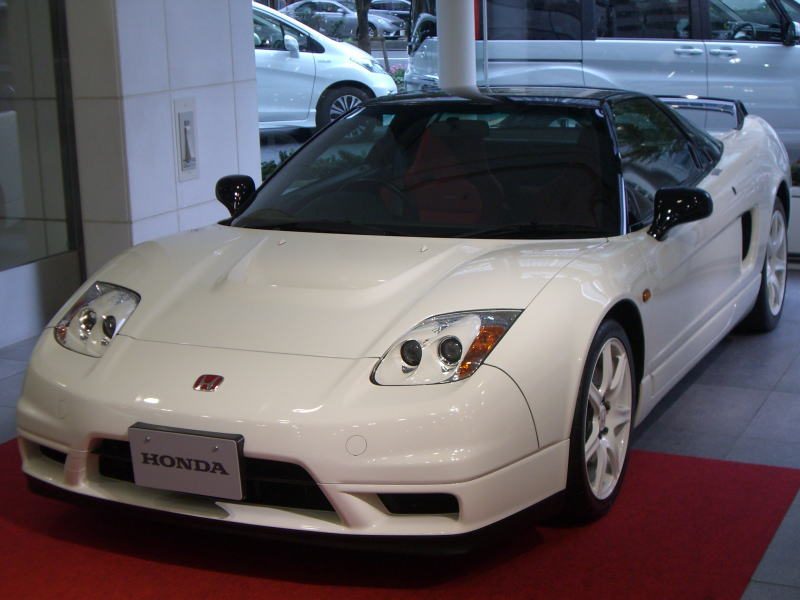
Body Style: 2-door coupe
Engine: 3.2 liter Honda C32B naturally-aspirated V6
Power: 290 HP
Torque: 224 ft-lb
Weight: 1,270 kg
Transmission: 6-speed manual
Drivetrain: Mid-engine, rear-wheel drive
Additional Information:
This nomination only includes the 2002-2005 NSX-R and is a separate entity from the base-model NSX that has already been nominated.
The second iteration of the NSX-R was released in 2002 and it was sold exclusively in Japan. As with the original NSX-R, weight reduction was the primary focus for performance enhancement and over 100 kg has been reduced from the car in the process. Carbon fiber was used to a large extent throughout the body components to reduce weight, including a larger, more aggressive rear spoiler, vented hood and deck lid. Additionally, the audio system, sound insulation, air conditioning, and power steering have been removed from the car. Each NSX-R engine was hand assembled by a skilled technician using techniques normally reserved for racing programs. Components of the rotating assembly were precision weighed and matched so that all components fell within a very small tolerance of weight differential. Then, the entire rotating assembly was balanced to a level of accuracy ten times that of a typical NSX engine. This balancing process significantly reduced loss of power due to inertial imbalance, resulting in a more powerful powerplant with excellent throttle response. The result of the NSX-R was a vehicle that could challenge the latest sports cars on the track. For example, Motoharu Kurosawa drove a 2002 NSX-R around the Nurburgring in 7:56, a time equal to a Ferrari F360 Challenge Stradale despite the Ferrari outpowering the NSX by over 100 HP.

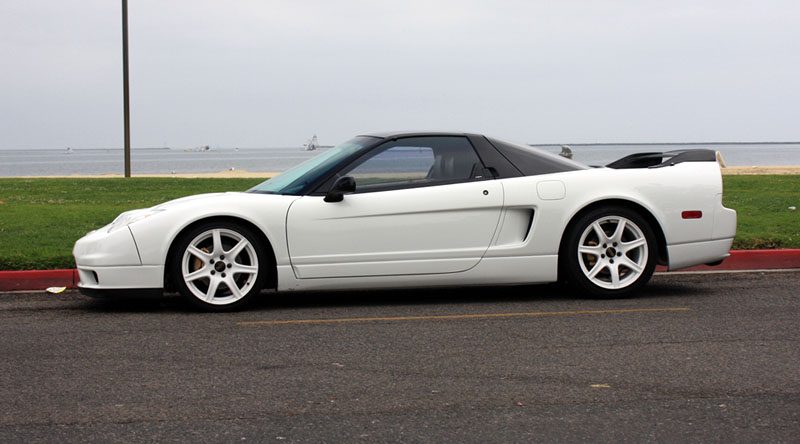
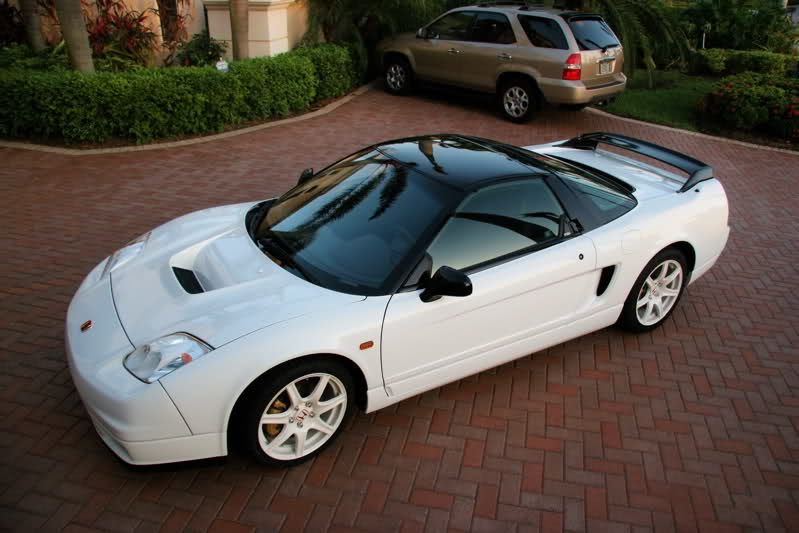
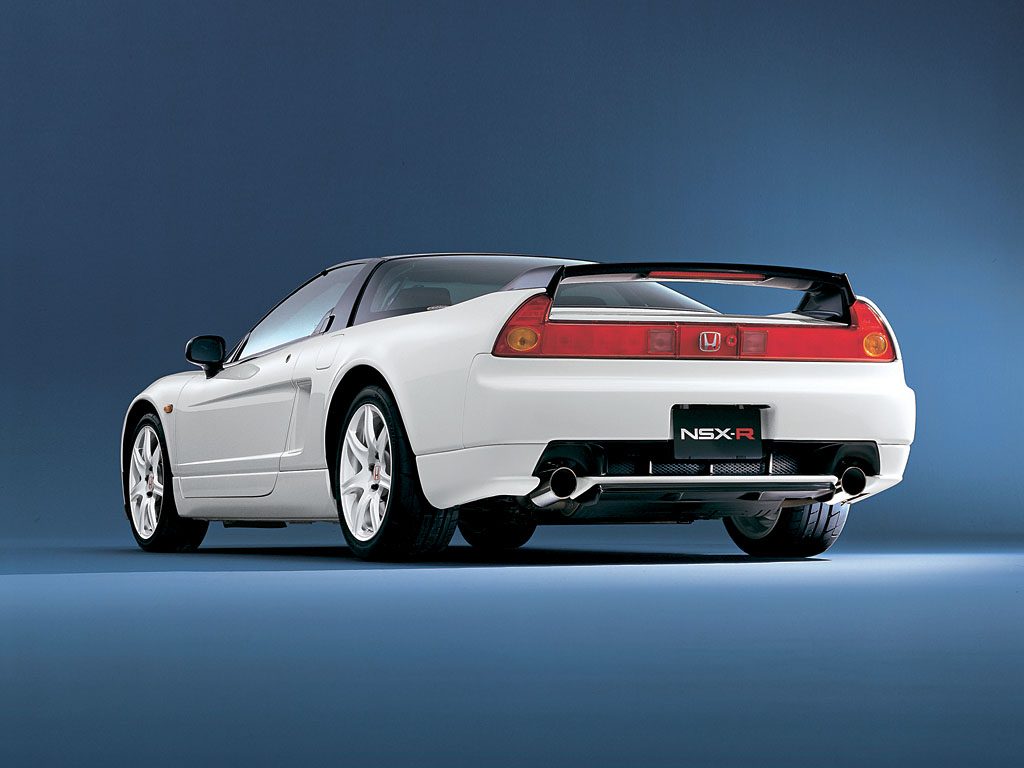
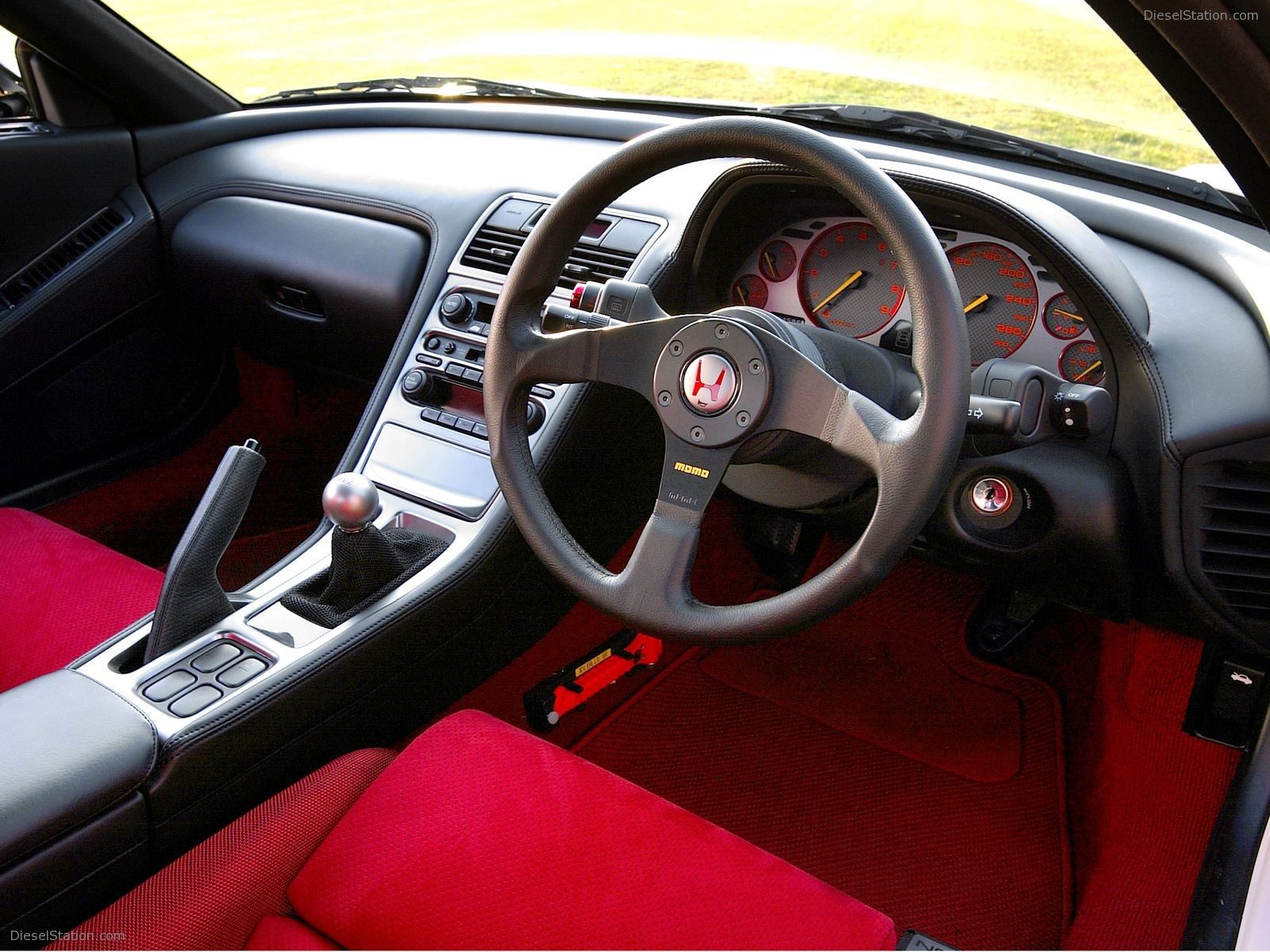

Body Style: 2-door coupe
Engine: 3.2 liter Honda C32B naturally-aspirated V6
Power: 290 HP
Torque: 224 ft-lb
Weight: 1,270 kg
Transmission: 6-speed manual
Drivetrain: Mid-engine, rear-wheel drive
Additional Information:
This nomination only includes the 2002-2005 NSX-R and is a separate entity from the base-model NSX that has already been nominated.
The second iteration of the NSX-R was released in 2002 and it was sold exclusively in Japan. As with the original NSX-R, weight reduction was the primary focus for performance enhancement and over 100 kg has been reduced from the car in the process. Carbon fiber was used to a large extent throughout the body components to reduce weight, including a larger, more aggressive rear spoiler, vented hood and deck lid. Additionally, the audio system, sound insulation, air conditioning, and power steering have been removed from the car. Each NSX-R engine was hand assembled by a skilled technician using techniques normally reserved for racing programs. Components of the rotating assembly were precision weighed and matched so that all components fell within a very small tolerance of weight differential. Then, the entire rotating assembly was balanced to a level of accuracy ten times that of a typical NSX engine. This balancing process significantly reduced loss of power due to inertial imbalance, resulting in a more powerful powerplant with excellent throttle response. The result of the NSX-R was a vehicle that could challenge the latest sports cars on the track. For example, Motoharu Kurosawa drove a 2002 NSX-R around the Nurburgring in 7:56, a time equal to a Ferrari F360 Challenge Stradale despite the Ferrari outpowering the NSX by over 100 HP.




Last edited:
- 14,660

- The UK
- JASON_ROCKS1998
- JR98 GAMING
1994-2001 Mitsubishi 3000GT/GTO (Z15A)
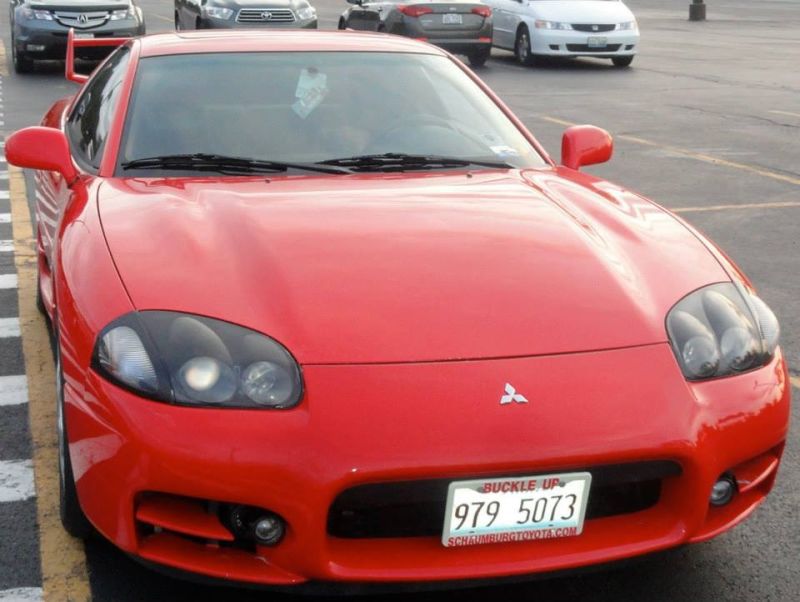
Body Style: 2 Door Coupe/Convertible
Engine: 3.0 DOHC V6 (3000GT/SR/SL), 3.0 DOHC TT V6 (TT/MR/VR-4)
Power: 160 BHP (3000GT), 218 BHP (SR/SL), 276 BHP (TT/MR), 320 BHP (VR-4)
Torque: 184 FT-LBS (3000GT), 204 FT-LBS (SR/SL), 315 FT-LBS (TT/MR/VR-4)
Weight: 1430 KG (SR/SL), 1530 KG (MR/VR-4), 1670 KG (Spyder VR-4)
Transmission: 6 Speed Manual
Drivetrain: Front Engine Front Wheel Drive (3000GT/SR/SL) & Front Engine All Wheel Drive (TT/MR/VR-4)
Additional Information: Following the success of the HSR and HSX concept cars in 1989, Mitsubishi developed the new GTO as an advanced 2+2 sports car designed to compete with the Honda NSX, Mazda RX-7, Nissan Skyline GT-R and Toyota Supra. They resurrected the GTO name, and the car went on to serve as Mitsubishi’s flagship for the remainder of the decade. However, despite the cachet of the badge at home, it was marketed as the Mitsubishi 3000GT and as the Dodge Stealth outside Japan, as the company was concerned that connoisseurs would object to the evocative nameplate from the highly regarded Ferrari 250 GTO and Pontiac GTO being used on a Japanese vehicle. However, regardless of its badge or eventual target market, every car was built on the same production line at Mitsubishi's plant in Nagoya, Japan.
The 3000GT went into it's second generation in 1994 where it recieved a number of visual changes as well as a 6 speed manual transmission. There was also a limited run convertible model, the Spyder VR-4, of which less than 900 were sold in North America, and not being sold in European or Japanese markets, but the extra weight interfered with handling, so the Spyder was discontinued in 1995 due to low sales.
There was another facelift in 1998, with a small number of cosmetic changes as well as the base 3000GT getting the SOHC engine from the Dodge Stealth, while the 1999 model got a huge "combat wing" for the final year of production. Production for Japan and Europe ceased in 2000, while the final 2 3000GT's were sold in North America in 2001.
As with other Japanese supercars of the 90's, the 3000GT became immensely popular with tuner's, with a huge variety of visual modifications available.
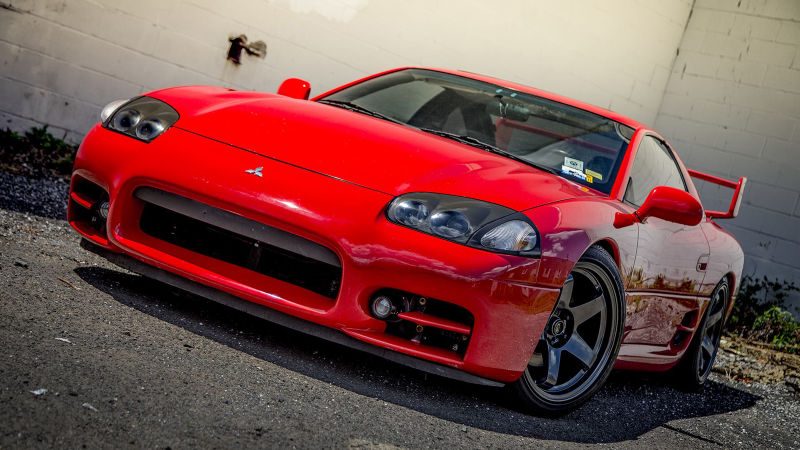
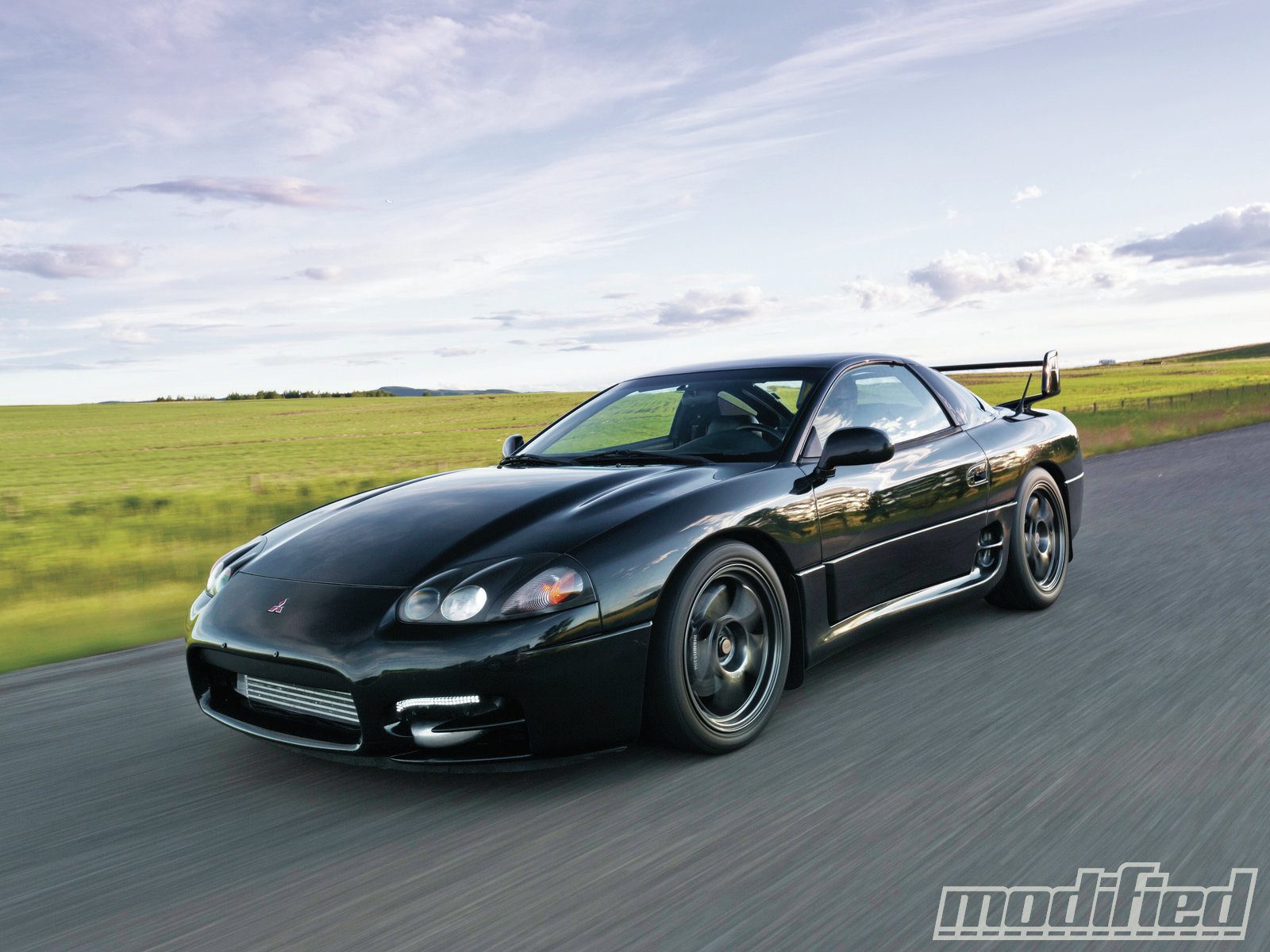
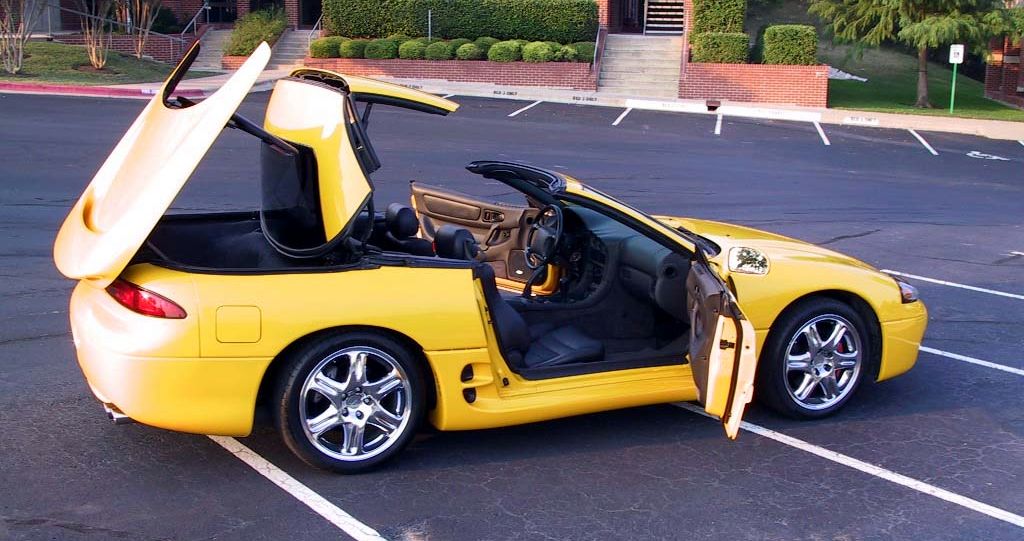
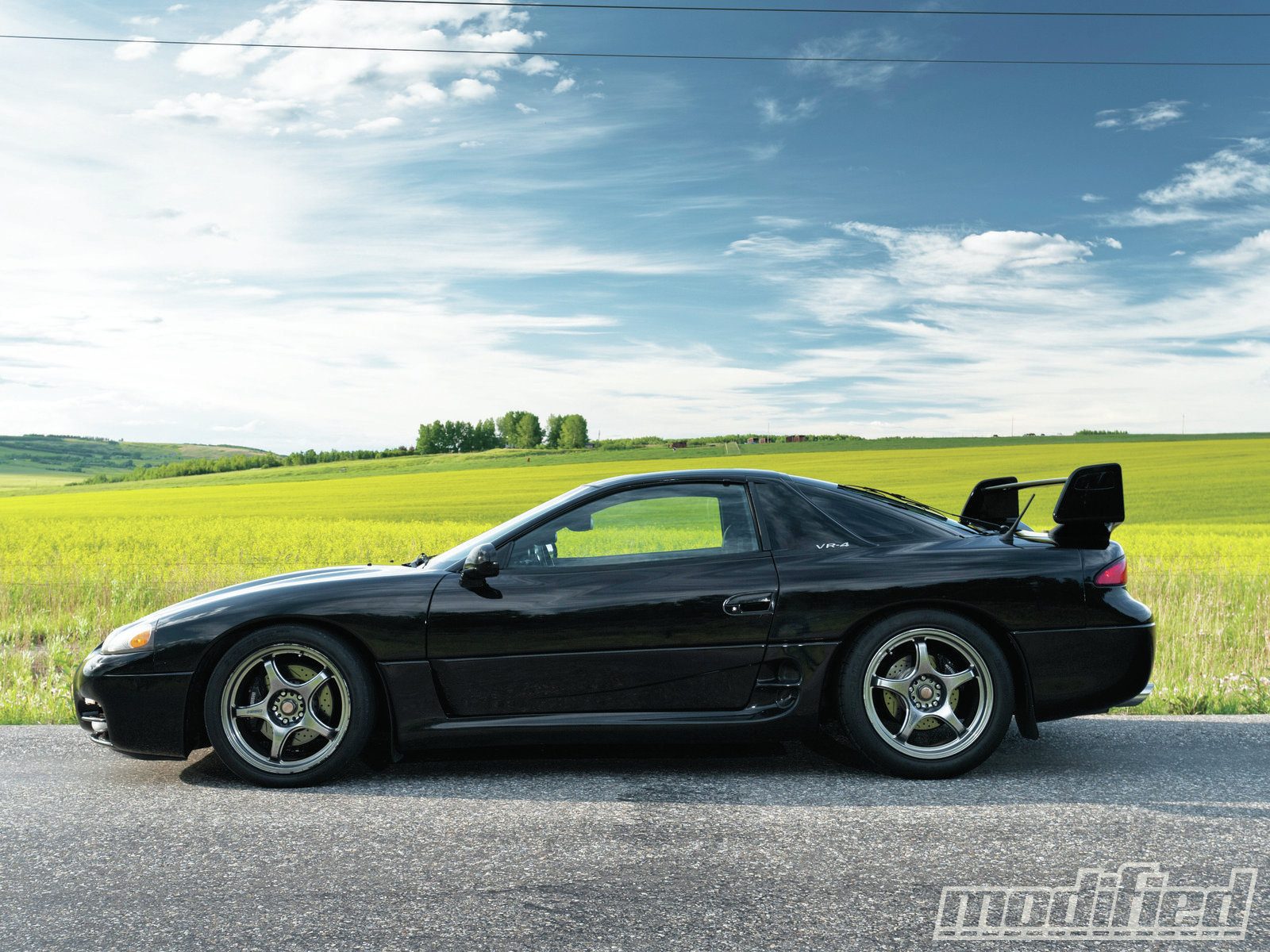
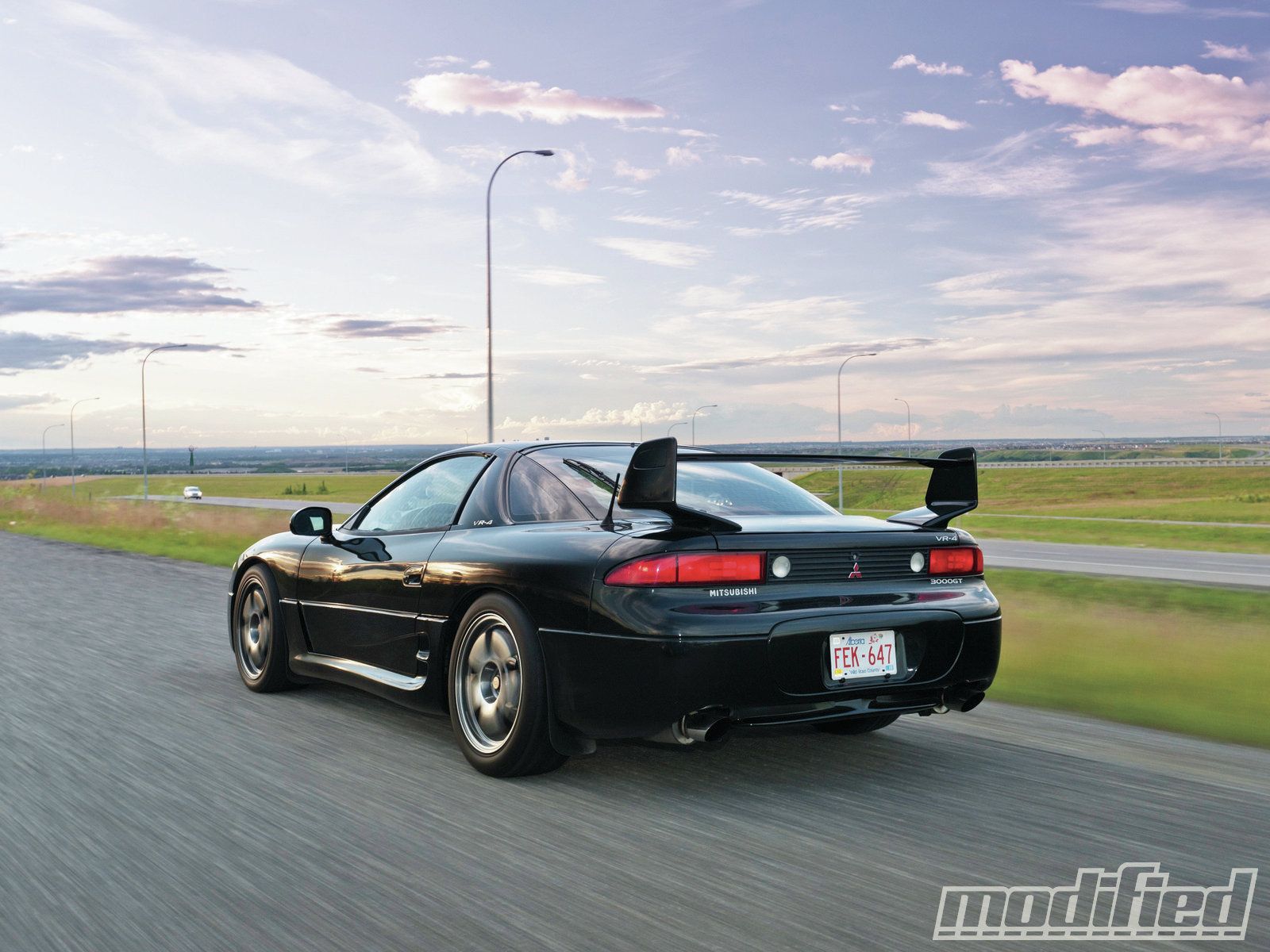
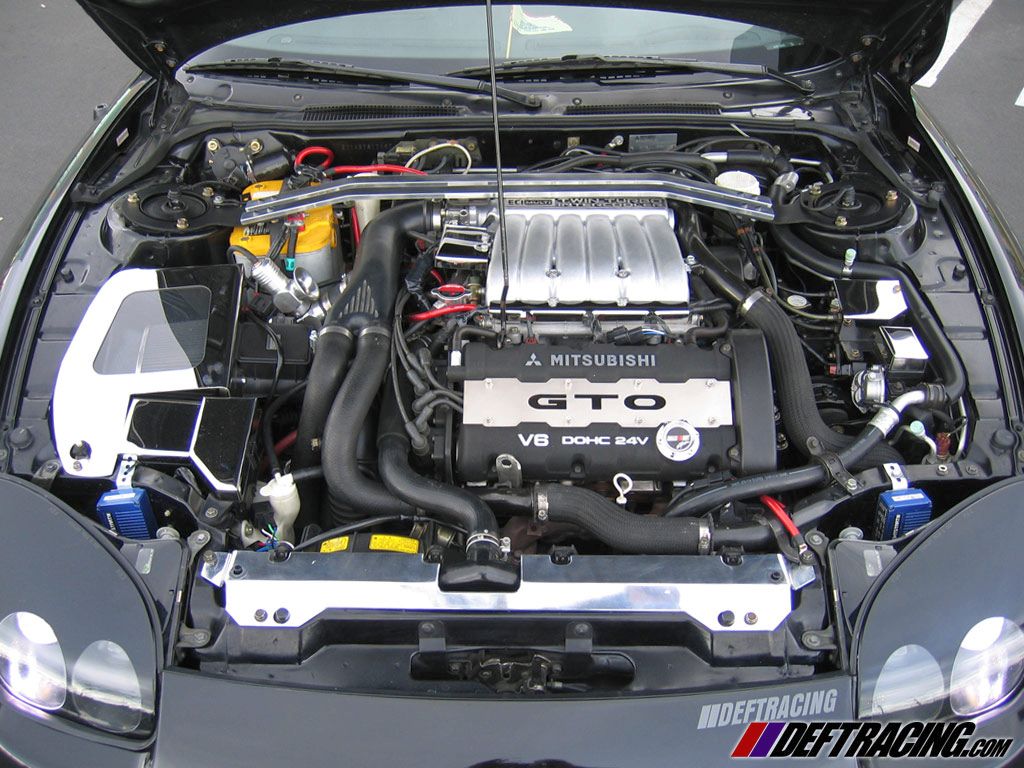

Body Style: 2 Door Coupe/Convertible
Engine: 3.0 DOHC V6 (3000GT/SR/SL), 3.0 DOHC TT V6 (TT/MR/VR-4)
Power: 160 BHP (3000GT), 218 BHP (SR/SL), 276 BHP (TT/MR), 320 BHP (VR-4)
Torque: 184 FT-LBS (3000GT), 204 FT-LBS (SR/SL), 315 FT-LBS (TT/MR/VR-4)
Weight: 1430 KG (SR/SL), 1530 KG (MR/VR-4), 1670 KG (Spyder VR-4)
Transmission: 6 Speed Manual
Drivetrain: Front Engine Front Wheel Drive (3000GT/SR/SL) & Front Engine All Wheel Drive (TT/MR/VR-4)
Additional Information: Following the success of the HSR and HSX concept cars in 1989, Mitsubishi developed the new GTO as an advanced 2+2 sports car designed to compete with the Honda NSX, Mazda RX-7, Nissan Skyline GT-R and Toyota Supra. They resurrected the GTO name, and the car went on to serve as Mitsubishi’s flagship for the remainder of the decade. However, despite the cachet of the badge at home, it was marketed as the Mitsubishi 3000GT and as the Dodge Stealth outside Japan, as the company was concerned that connoisseurs would object to the evocative nameplate from the highly regarded Ferrari 250 GTO and Pontiac GTO being used on a Japanese vehicle. However, regardless of its badge or eventual target market, every car was built on the same production line at Mitsubishi's plant in Nagoya, Japan.
The 3000GT went into it's second generation in 1994 where it recieved a number of visual changes as well as a 6 speed manual transmission. There was also a limited run convertible model, the Spyder VR-4, of which less than 900 were sold in North America, and not being sold in European or Japanese markets, but the extra weight interfered with handling, so the Spyder was discontinued in 1995 due to low sales.
There was another facelift in 1998, with a small number of cosmetic changes as well as the base 3000GT getting the SOHC engine from the Dodge Stealth, while the 1999 model got a huge "combat wing" for the final year of production. Production for Japan and Europe ceased in 2000, while the final 2 3000GT's were sold in North America in 2001.
As with other Japanese supercars of the 90's, the 3000GT became immensely popular with tuner's, with a huge variety of visual modifications available.






Wiegert
Premium
- 13,376

- United Kingdom
@JASON_ROCKS1998 Fine so long as it doesn't include the 1999 3000GT VR-4 for the US.
https://www.gtplanet.net/forum/threads/gtp-cool-wall-1999-mitsubishi-3000gt-vr-4.293423/
https://www.gtplanet.net/forum/threads/gtp-cool-wall-1999-mitsubishi-3000gt-vr-4.293423/
- 13,150

- GTPlanet
- Street-King-07
- Quattro Saltire
2015 Aston Martin Vantage GT12
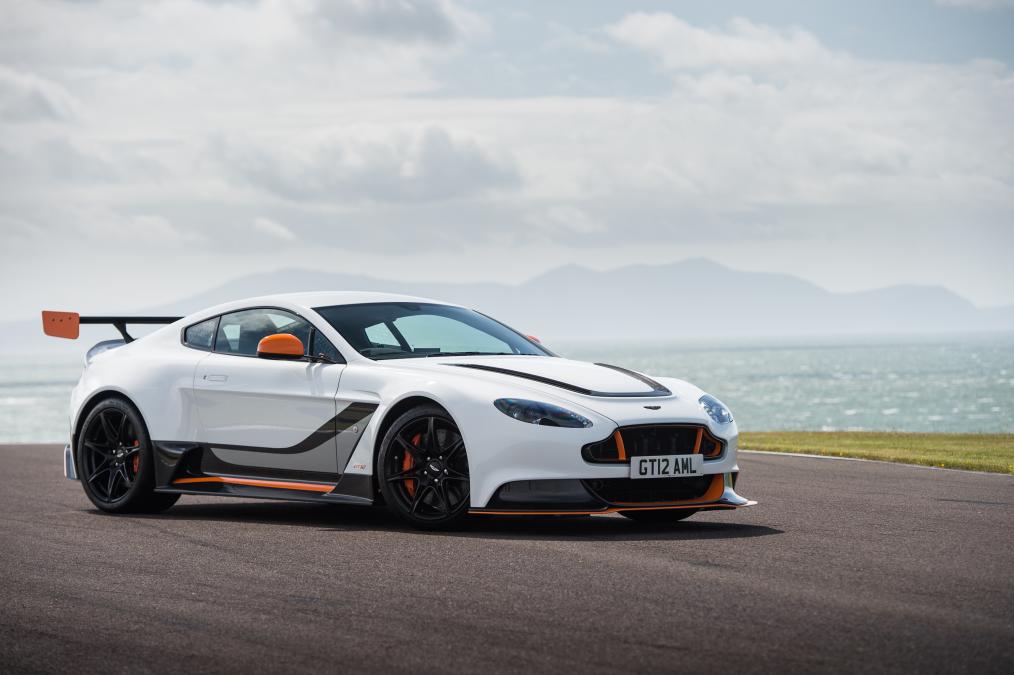
Body Style: 2-door coupe
Engine: 6.0L V12
Power: 592hp
Torque: 461 ft lbs
Weight: 1565kg
Transmission: 7-speed semi-automatic
Drivetrain: Front-engine, rear-wheel drive
Additional Information: The hardcore Vantage GT12 represents the swansong for Aston's naturally aspirated V12 engine and is one of 2 hardcore models built as a last hurrah for the current generation Vantage alongside the V8 engined GT8. Extensive use of carbon components and a titanium exhaust system help shed 100kg of weight. Production is limited to 100 examples and all of them sold out.

Body Style: 2-door coupe
Engine: 6.0L V12
Power: 592hp
Torque: 461 ft lbs
Weight: 1565kg
Transmission: 7-speed semi-automatic
Drivetrain: Front-engine, rear-wheel drive
Additional Information: The hardcore Vantage GT12 represents the swansong for Aston's naturally aspirated V12 engine and is one of 2 hardcore models built as a last hurrah for the current generation Vantage alongside the V8 engined GT8. Extensive use of carbon components and a titanium exhaust system help shed 100kg of weight. Production is limited to 100 examples and all of them sold out.
Wiegert
Premium
- 13,376

- United Kingdom
So the MazdAWD reminded me of something from my old nomination short-list that I hadn't looked through in years:
1984-1994 Subaru Justy 4x4

Body Style: 3-door hatchback, 5-door hatchback
Engine: 1.0L EF10 I3, 1.2L EF12 I3
Power: 55 hp (1.0L), 67-80 hp (1.2L)
Torque: 59-71 ft-lbs
Weight: 825-885 kg
Transmission: 5-speed manual, ECVT
Drivetrain: Front-engine, all-wheel drive
Body Style: 3-door hatchback, 5-door hatchback
Engine: 1.0L EF10 I3, 1.2L EF12 I3
Power: 55 hp (1.0L), 67-80 hp (1.2L)
Torque: 59-71 ft-lbs
Weight: 825-885 kg
Transmission: 5-speed manual, ECVT
Drivetrain: Front-engine, all-wheel drive
- 9,401

- Western Sydney
- mustafur
1989 R31 Nissan Skyline Silhouette GTS


Body Style: 4 Door Sedan
Engine: 3.0L Inline Six(RB30E)
Power: 190hp
Torque: 199 lb-ft
Weight: 1400kg
Transmission: 5 Speed Manual, 4 Speed Automatic
Drivetrain: Front Engine Rear Wheel Drive
Additional Information: Nissan Australia Produced 200 of these cars under their SVD brand(Special Vehicles Division) Upgrading the Camshaft and ECU on the Regular RB30E to give it an extra 35 HP, Also came with upgraded Bilstein suspension as well to give it better handling as well as special GTS body kit
Body Style: 4 Door Sedan
Engine: 3.0L Inline Six(RB30E)
Power: 190hp
Torque: 199 lb-ft
Weight: 1400kg
Transmission: 5 Speed Manual, 4 Speed Automatic
Drivetrain: Front Engine Rear Wheel Drive
Additional Information: Nissan Australia Produced 200 of these cars under their SVD brand(Special Vehicles Division) Upgrading the Camshaft and ECU on the Regular RB30E to give it an extra 35 HP, Also came with upgraded Bilstein suspension as well to give it better handling as well as special GTS body kit
- 3,200
- Murcie LP710
Wouldn't that have been included in the entire line of R31 Skyline that was already polled?
Wiegert
Premium
- 13,376

- United Kingdom
@mustafur I forgot to take a look through the results Friday morning. Seems that all the body styles and models listed on Wiki were taken into account with the old R31 poll, including those made for the South African and Australian markets:
https://www.gtplanet.net/forum/threads/gtp-cool-wall-1985-1989-nissan-skyline-r31.329594/
RB30E: 157-190 hp
https://www.gtplanet.net/forum/threads/gtp-cool-wall-1985-1989-nissan-skyline-r31.329594/
- 28,507

- Bratvegas
- GTP_Liquid
1994-2001 Renault Laguna
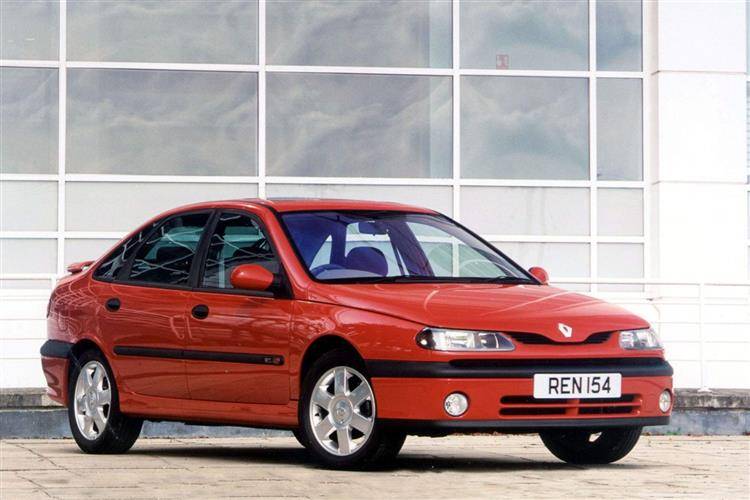
Body Style: 5-door liftback, 5-door estate
Engines: 1.6L, 1.8L, 1.9L, 2.0L, 2.2L straight-four, 3.0L V6
Power: 89hp-140hp (I4s), 165hp-190hp (V6s)
Torque: 106 lbs/ft - 197 lbs/ft
Transmission: 5-speed manual
Drivetrain: Front-engined, front-wheel drive
Weight: ~2,677lbs / 1,214 kg

Body Style: 5-door liftback, 5-door estate
Engines: 1.6L, 1.8L, 1.9L, 2.0L, 2.2L straight-four, 3.0L V6
Power: 89hp-140hp (I4s), 165hp-190hp (V6s)
Torque: 106 lbs/ft - 197 lbs/ft
Transmission: 5-speed manual
Drivetrain: Front-engined, front-wheel drive
Weight: ~2,677lbs / 1,214 kg
- 14,660

- The UK
- JASON_ROCKS1998
- JR98 GAMING
2000-2006 Mini Cooper S Hatch (R53)
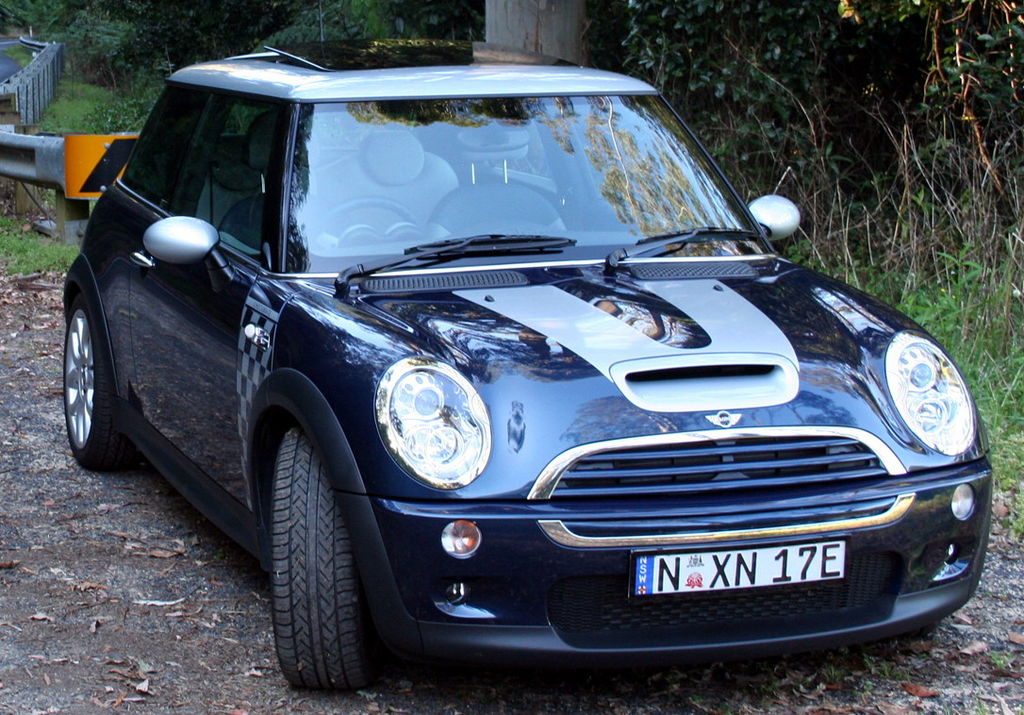
Body Style: 3 Door Hatchback
Engine: Tritec 1.6 Supercharged Inline 4
Power: 160 BHP (S) 200 BHP (JCW), 220 BHP (JCW GP)
Torque: 160 FT-LBS (S), 180 FT-LBS (JCW/GP)
Weight: 1,215 KG
Transmission: 6 Speed Automatic or 5 or 6 Speed Manual.
Drivetrain: Front Engine Front Wheel Drive
Additional Information: The new Mini Cooper was first introduced in 2000, now built by BMW but still sold under the MINI brand. The new Mini Cooper featured a 1.6 Tritec Inline 4 that was supercharged for the sportier "S" model, producing 160 BHP. This was launched alongside the Mini One and standard Cooper in 2000. The Cooper name comes from the involvement of John Cooper, whose involvement is further emphasised by the "John Cooper Works" edition, which features a tuned version of the supercharged Tritec engine producing 200 BHP. There was also a racing model the "Cooper S2" that competed in the Belgian Belcar series while there is also several one make race series for race modified versions. Right before the Mini went into it's second generation, John Cooper created a final evolution model called the Works GP. It was only sold in the UK and featured a boost to 220 BHP and a top speed of 150 MPH, all while still costing just £22,000. The R53 Cooper S was the star car in the 2003 reboot of The Italian Job, where 3 JCW tuned Cooper S's were used in the film, and critics have said that the film was a brilliant use of product placement, which resulted in a 22% increase in Mini sales for that year.
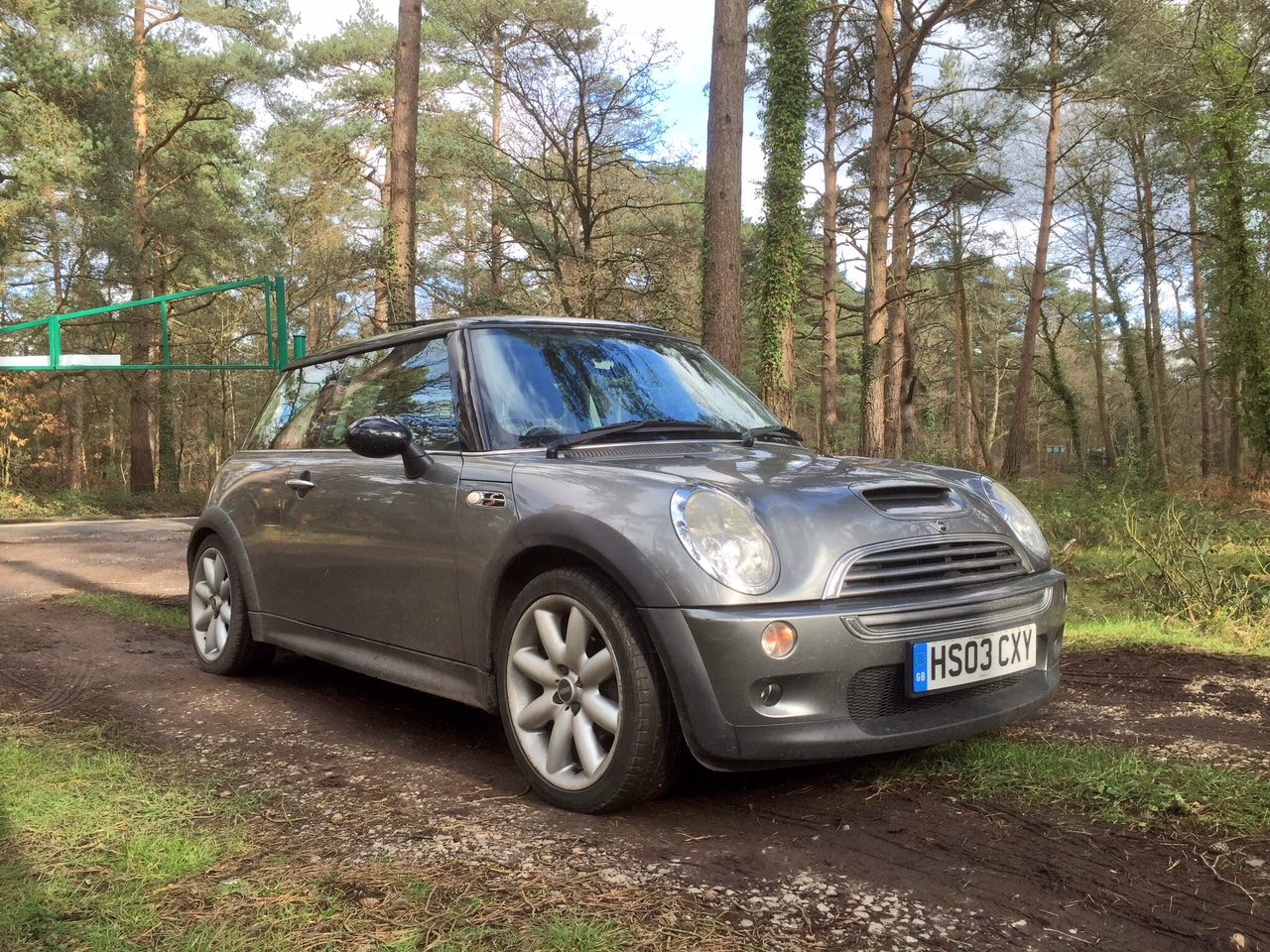
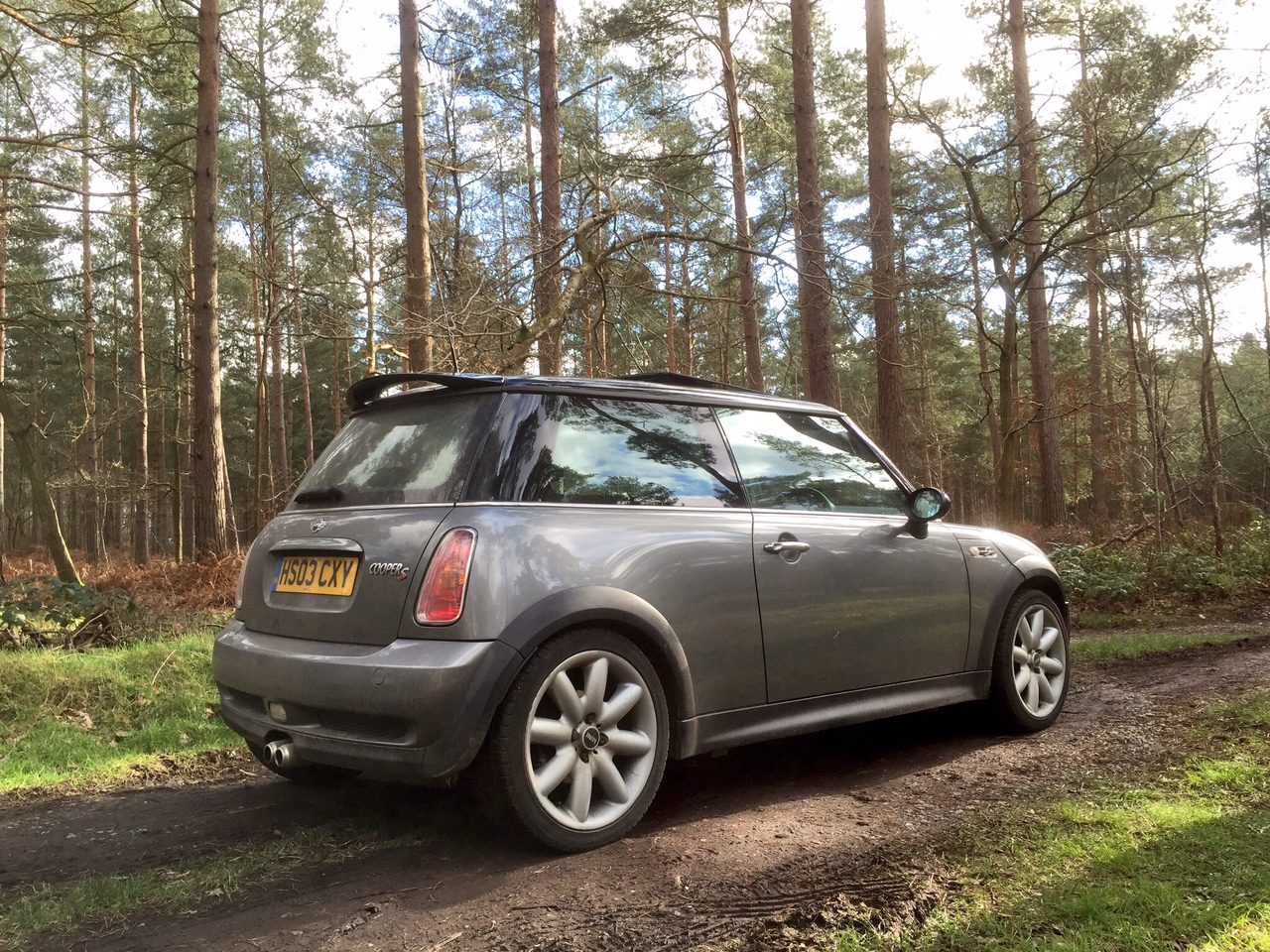

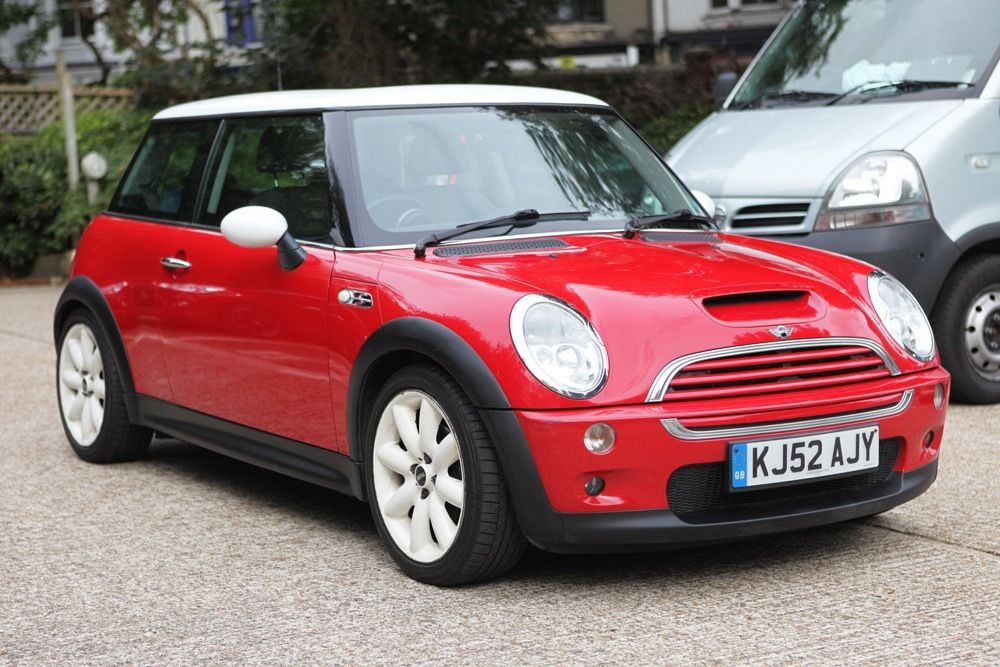


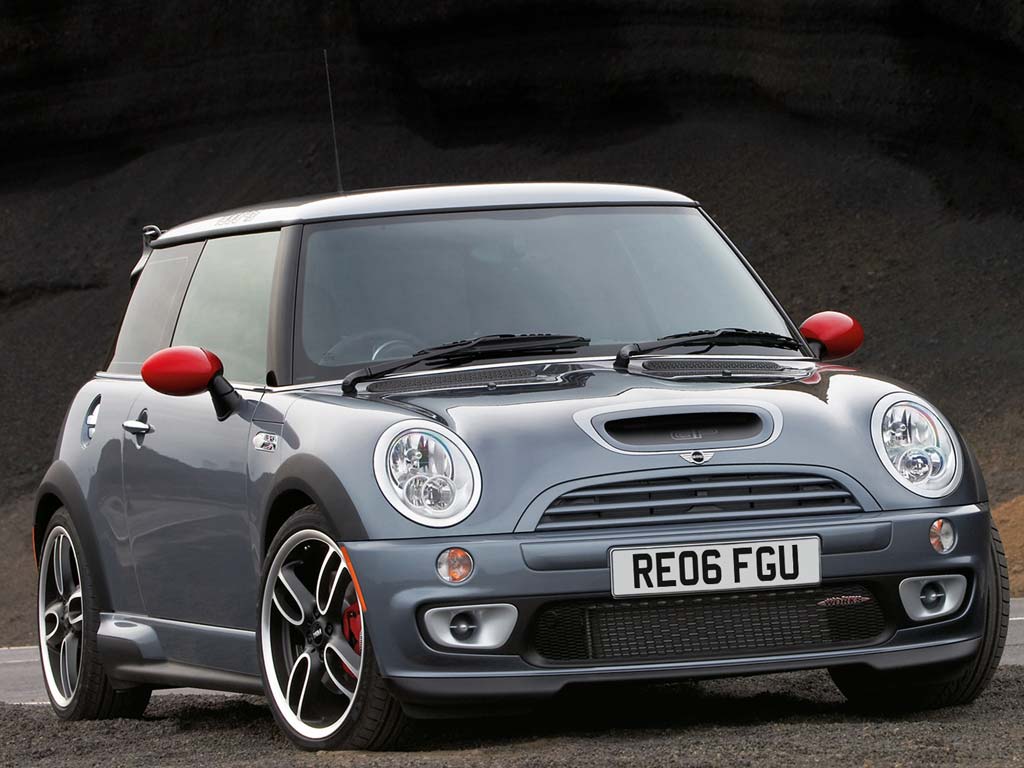
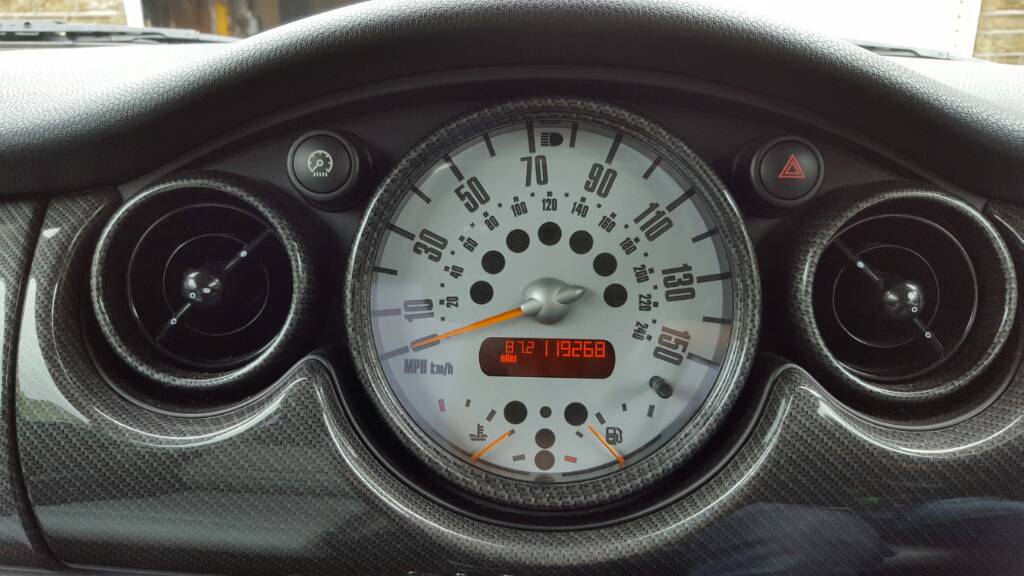
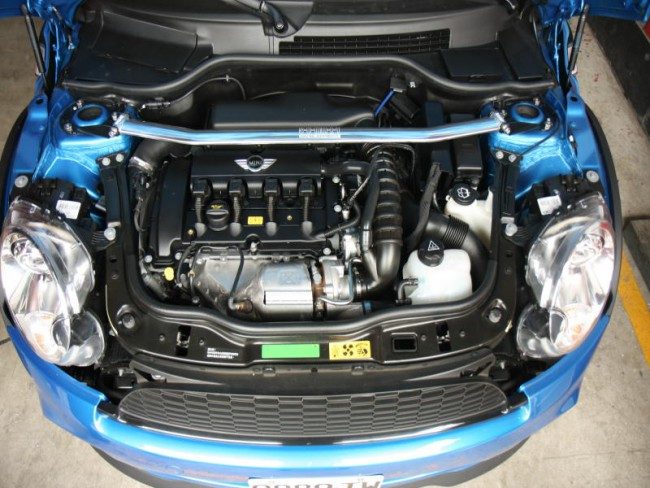

Body Style: 3 Door Hatchback
Engine: Tritec 1.6 Supercharged Inline 4
Power: 160 BHP (S) 200 BHP (JCW), 220 BHP (JCW GP)
Torque: 160 FT-LBS (S), 180 FT-LBS (JCW/GP)
Weight: 1,215 KG
Transmission: 6 Speed Automatic or 5 or 6 Speed Manual.
Drivetrain: Front Engine Front Wheel Drive
Additional Information: The new Mini Cooper was first introduced in 2000, now built by BMW but still sold under the MINI brand. The new Mini Cooper featured a 1.6 Tritec Inline 4 that was supercharged for the sportier "S" model, producing 160 BHP. This was launched alongside the Mini One and standard Cooper in 2000. The Cooper name comes from the involvement of John Cooper, whose involvement is further emphasised by the "John Cooper Works" edition, which features a tuned version of the supercharged Tritec engine producing 200 BHP. There was also a racing model the "Cooper S2" that competed in the Belgian Belcar series while there is also several one make race series for race modified versions. Right before the Mini went into it's second generation, John Cooper created a final evolution model called the Works GP. It was only sold in the UK and featured a boost to 220 BHP and a top speed of 150 MPH, all while still costing just £22,000. The R53 Cooper S was the star car in the 2003 reboot of The Italian Job, where 3 JCW tuned Cooper S's were used in the film, and critics have said that the film was a brilliant use of product placement, which resulted in a 22% increase in Mini sales for that year.






- 9,401

- Western Sydney
- mustafur
1991-1996 Audi S2

Body Style: 2 Door Coupe, 4 door sedan, 5 door Estate/Avant
Engines: 2.2L Inline 5 Cylinder Turbo
Power: 217 - 227hp
Torque: 228 - 280 lb-ft
Weight: 1420kg - 1525kg
Transmission: 5 Speed Manual, 6 Speed Manual
Drivetrain: Front Engine - All wheel Drive.
Additional Information: Seen as the Replacement for the Audi Quattro, the Audi S2 was when released the highest Version availble for the Audi 80 despite being based on the Future Audi A4, Due to it's High Torque Figure, Advanced Rear Axle System and Superb Gear Ratio it was able to get to 60mph in a brisk 5.6 seconds.
Body Style: 2 Door Coupe, 4 door sedan, 5 door Estate/Avant
Engines: 2.2L Inline 5 Cylinder Turbo
Power: 217 - 227hp
Torque: 228 - 280 lb-ft
Weight: 1420kg - 1525kg
Transmission: 5 Speed Manual, 6 Speed Manual
Drivetrain: Front Engine - All wheel Drive.
Additional Information: Seen as the Replacement for the Audi Quattro, the Audi S2 was when released the highest Version availble for the Audi 80 despite being based on the Future Audi A4, Due to it's High Torque Figure, Advanced Rear Axle System and Superb Gear Ratio it was able to get to 60mph in a brisk 5.6 seconds.
- 1,657

- With Kim Jong Un
2000-2002 Lotus Exige
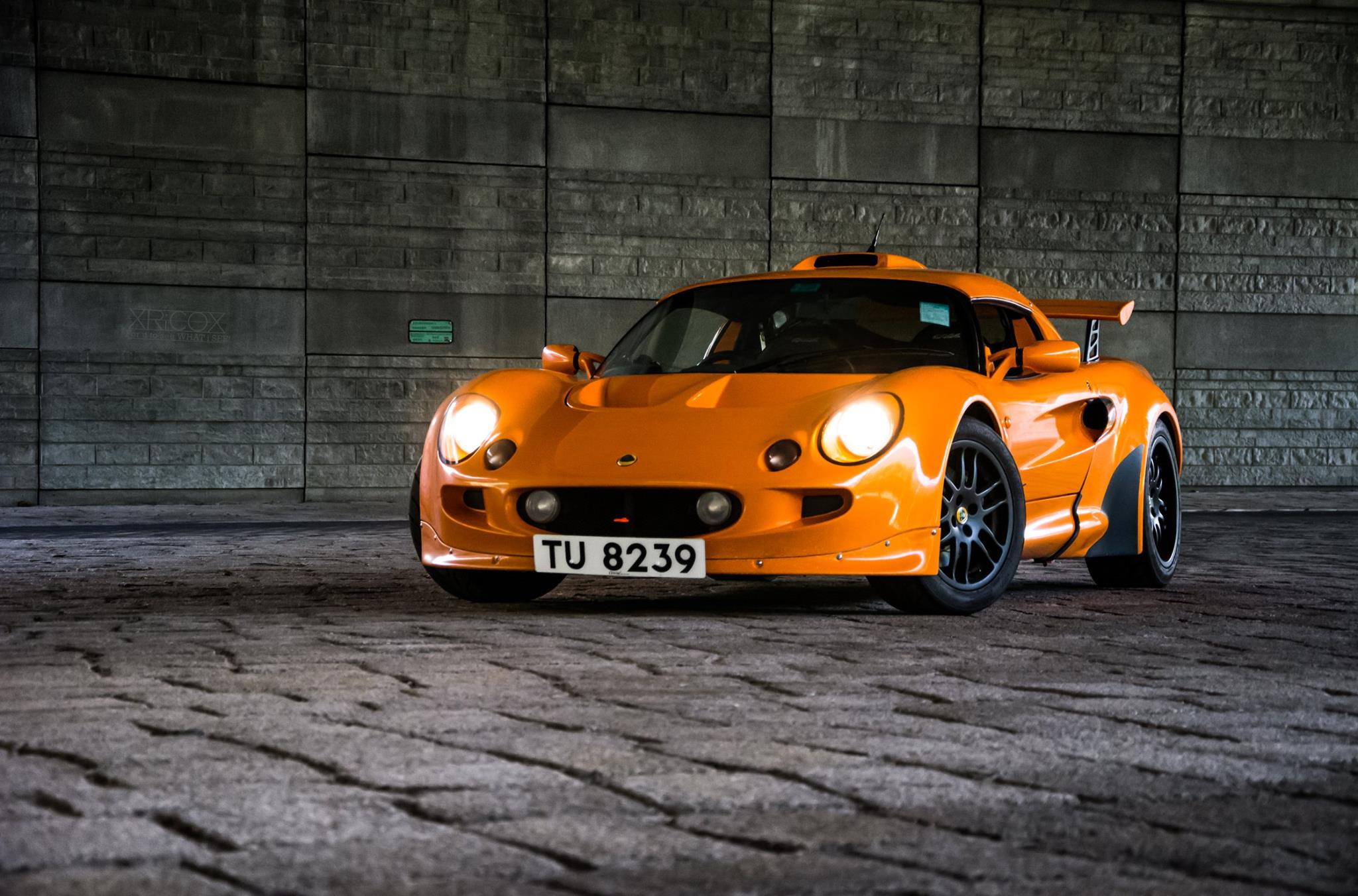
Body Style: 2-door coupe
Engine: 1.8 liter Rover K-Series 1800 naturally-aspirated Inline-4
Power: 177 HP, 192 HP
Torque: 146 ft-lb
Weight: 780 kg
Transmission: 5-speed manual
Drivetrain: Mid-engine, rear-wheel drive
Additional Information:
The Series 1 Exige was launched in 2000 with a naturally aspirated 1.8 L Rover K-Series engine in VHPD (Very High Performance Derivative) tune. It produces 177 hp at 7,800 rpm in standard form. There was also a "track spec" version with 192 hp available. The car has a five-speed manual gearbox and a claimed top speed of 136 mph (219 km/h). The Exige achieved 0-60 mph in 4.7 seconds, while 0–100 km/h (62 mph) was achieved in 4.9 seconds.
The Series 1 Exige used the round, less aggressive headlights of the first generation Elise, although the Elise was updated soon after the introduction of the Exige. 604 Series 1 Exiges were produced from 2000 to 2002, and it was replaced by the Series 2 in 2004.
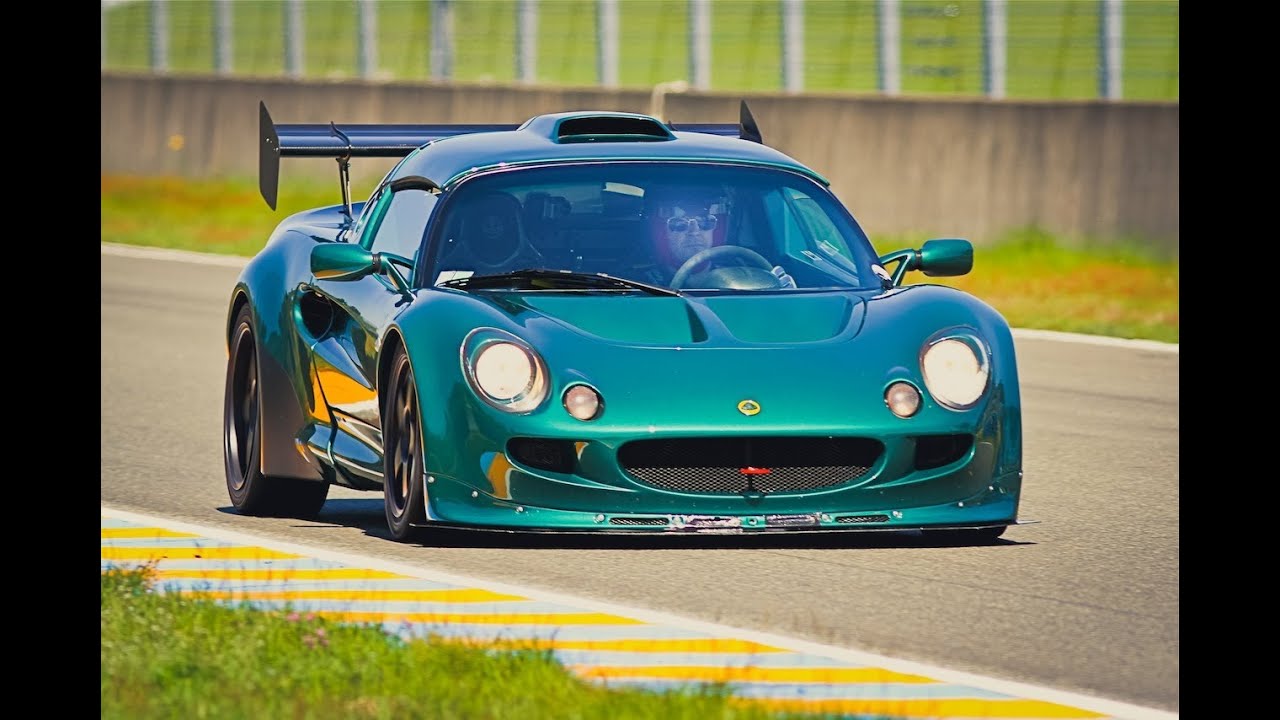


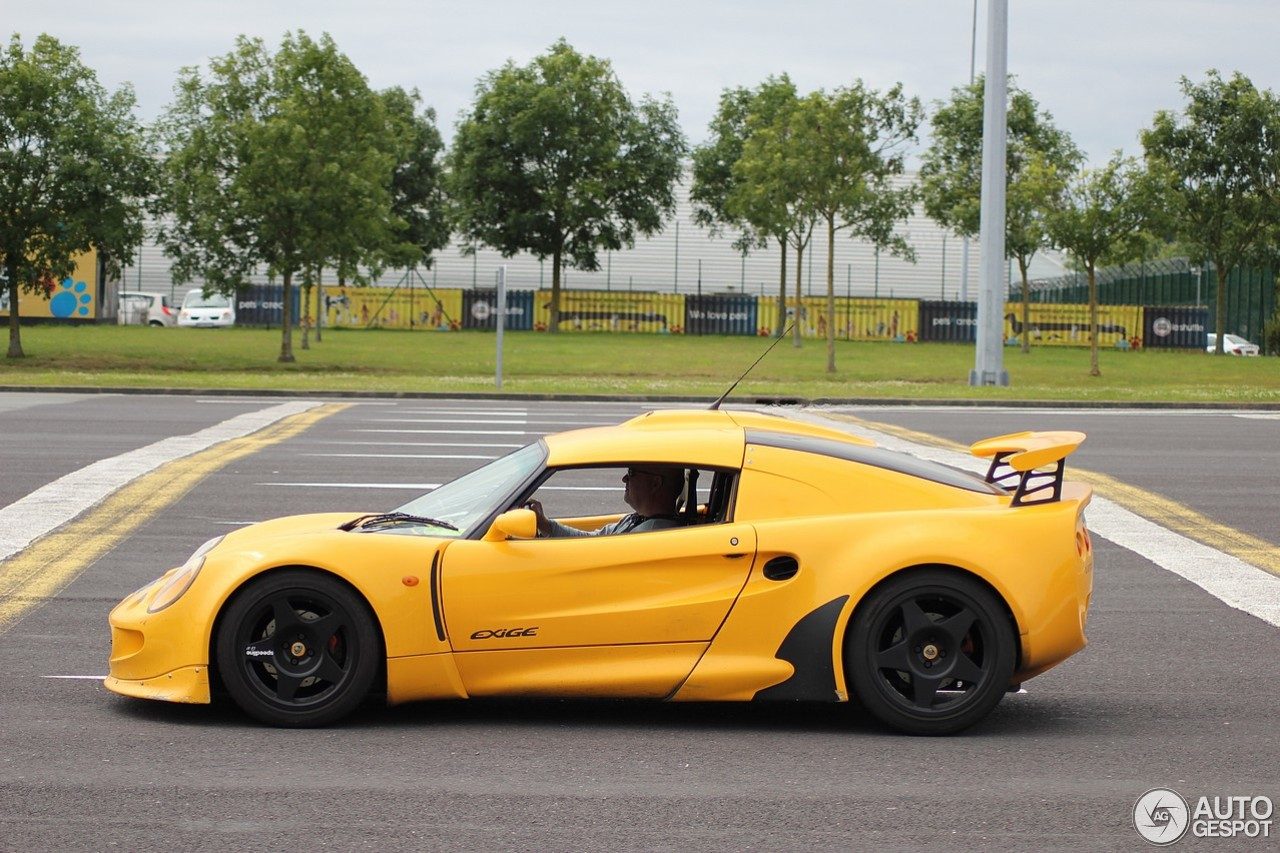

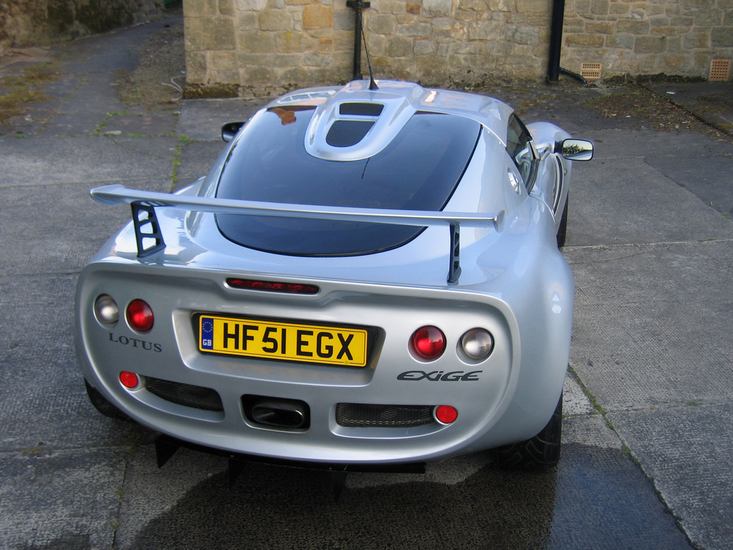
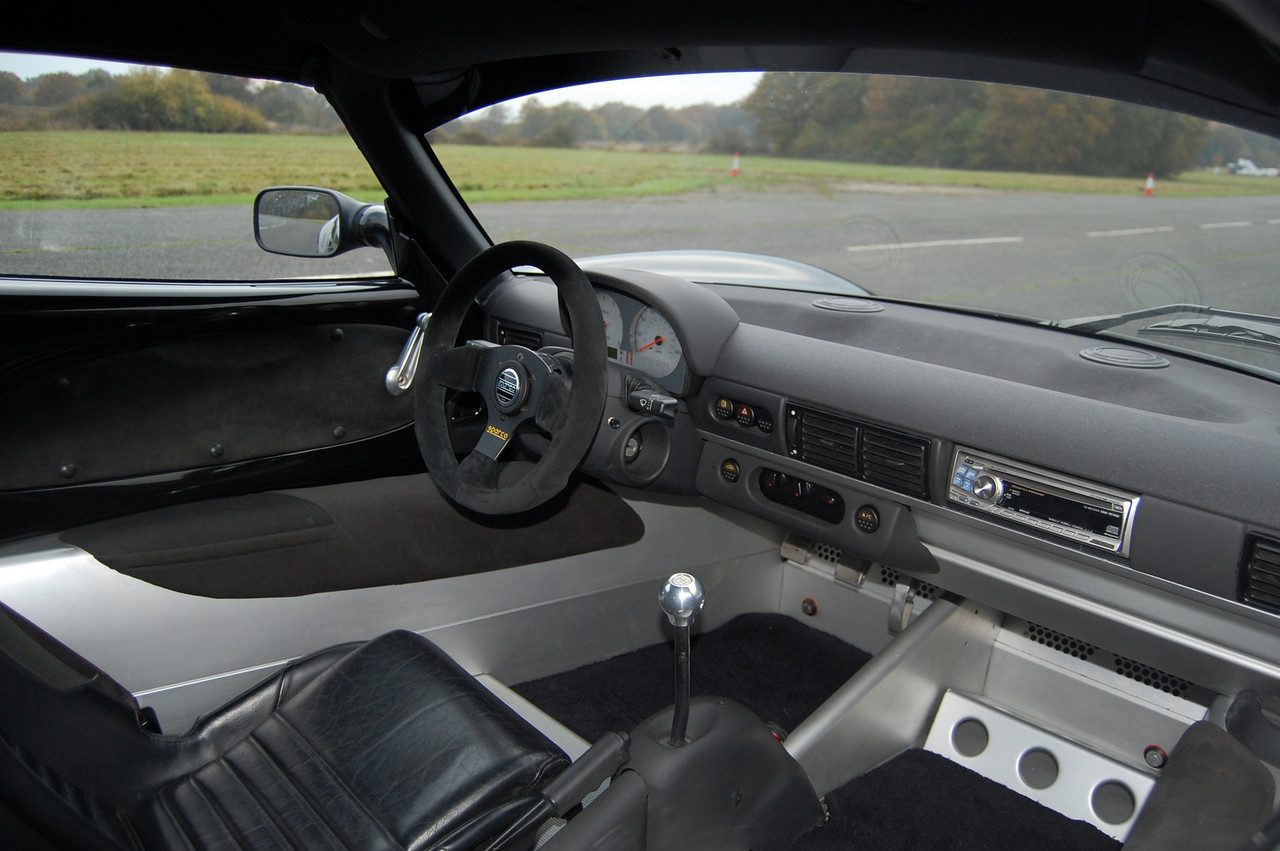
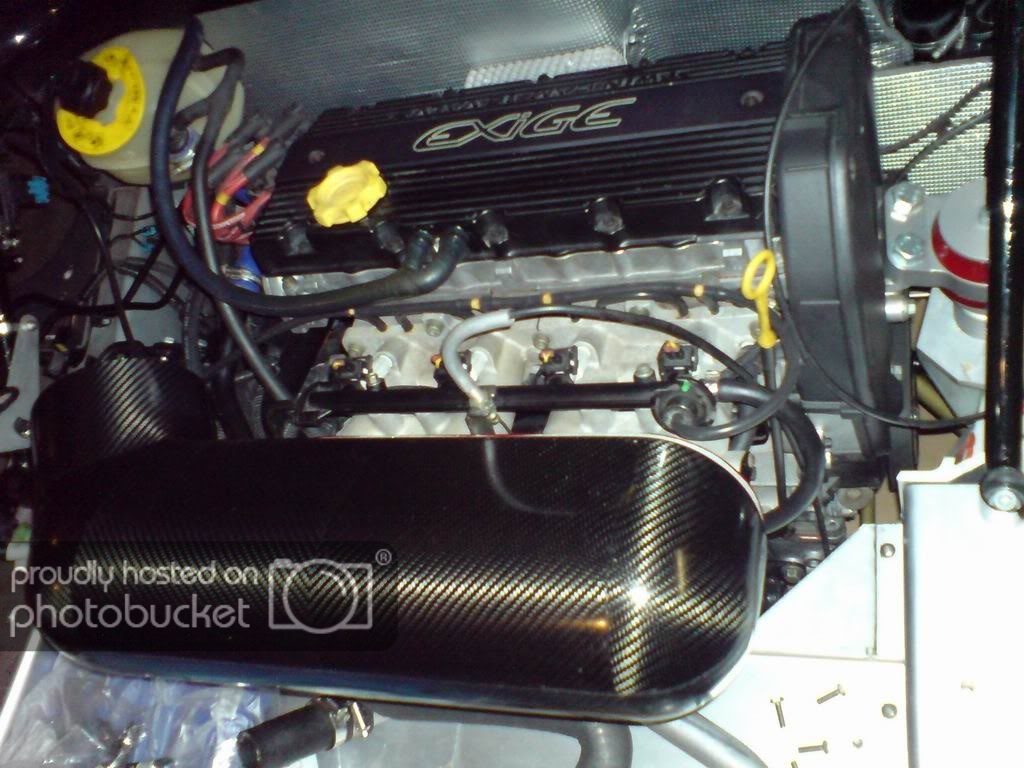

Body Style: 2-door coupe
Engine: 1.8 liter Rover K-Series 1800 naturally-aspirated Inline-4
Power: 177 HP, 192 HP
Torque: 146 ft-lb
Weight: 780 kg
Transmission: 5-speed manual
Drivetrain: Mid-engine, rear-wheel drive
Additional Information:
The Series 1 Exige was launched in 2000 with a naturally aspirated 1.8 L Rover K-Series engine in VHPD (Very High Performance Derivative) tune. It produces 177 hp at 7,800 rpm in standard form. There was also a "track spec" version with 192 hp available. The car has a five-speed manual gearbox and a claimed top speed of 136 mph (219 km/h). The Exige achieved 0-60 mph in 4.7 seconds, while 0–100 km/h (62 mph) was achieved in 4.9 seconds.
The Series 1 Exige used the round, less aggressive headlights of the first generation Elise, although the Elise was updated soon after the introduction of the Exige. 604 Series 1 Exiges were produced from 2000 to 2002, and it was replaced by the Series 2 in 2004.







- 1,512

- Pacific NW
- ThrasherDBS
- ThrasherDBS
2017+ Panoz Avezzano
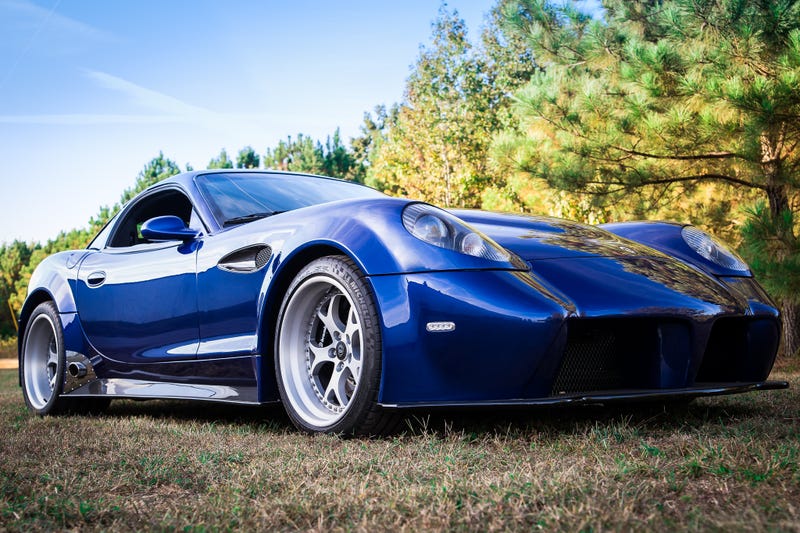
Body Style: 2-door coupe
Engine: 6.2L aluminum block V8
Power: 450 HP, 650 HP (with supercharger)
Torque: Unable to find specs, newer model
Weight: 1497kg
Transmission: 6-speed manual
Drivetrain: Front-engine, rear-wheel drive
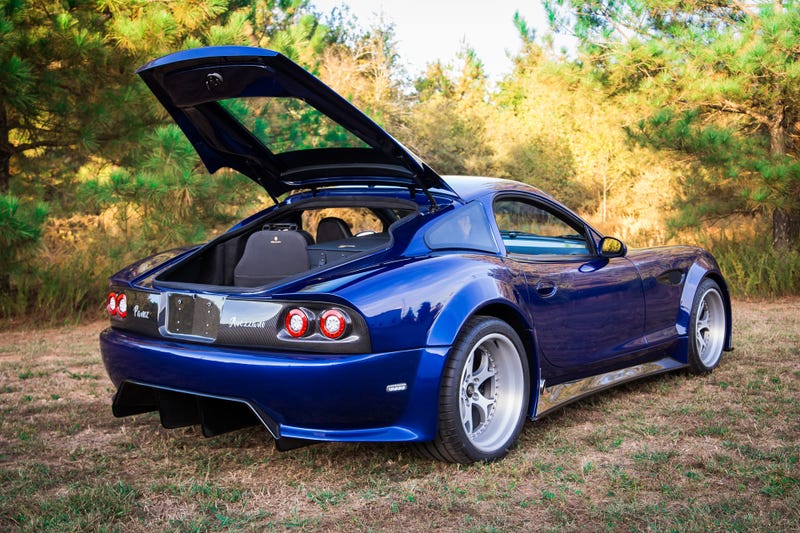
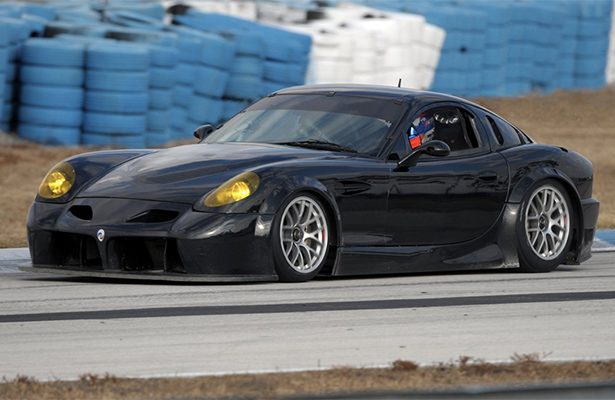
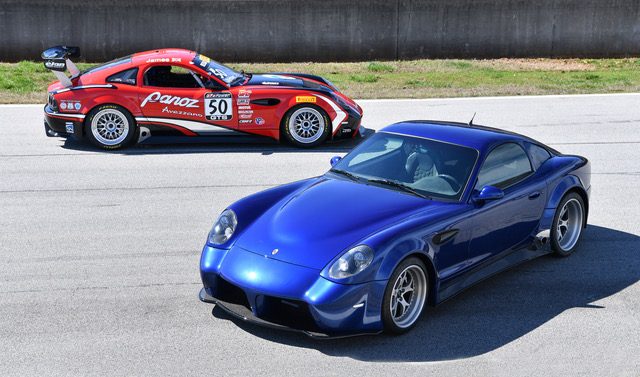
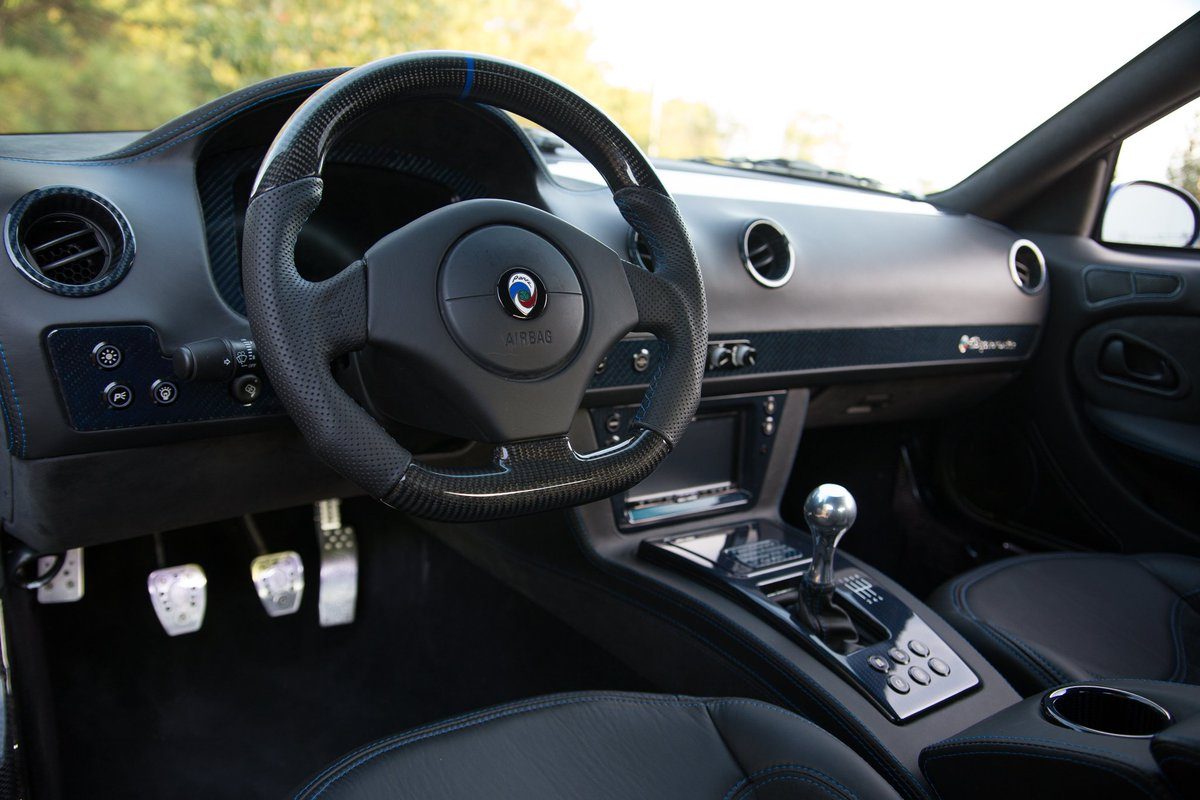

Body Style: 2-door coupe
Engine: 6.2L aluminum block V8
Power: 450 HP, 650 HP (with supercharger)
Torque: Unable to find specs, newer model
Weight: 1497kg
Transmission: 6-speed manual
Drivetrain: Front-engine, rear-wheel drive




Turbo
(Banned)
- 3,824

- Elizabeth, New Jersey
2017- Dodge Challenger SRT Demon
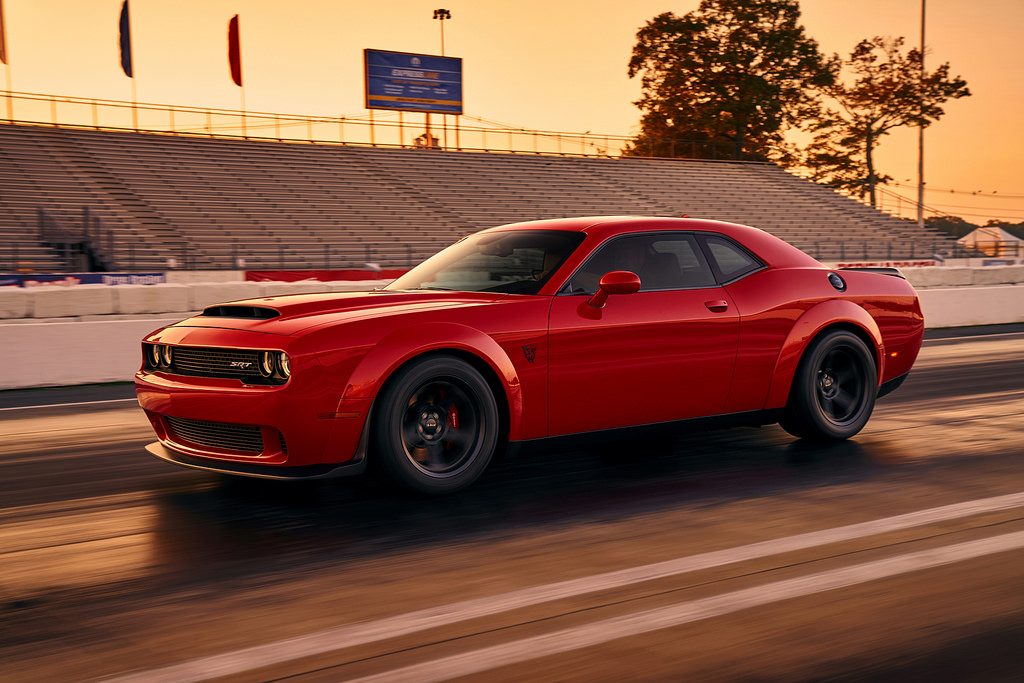
Body Style: 2-door coupe
Engine: 6.2L V8, equipped with 2.7L supercharger
Power: 808 - 840 horsepower
Torque: 770 lb-ft
Weight: 1930 kg
Transmission: 8-speed semi-automatic transmission
Drivetrain: Front engine, rear-wheel drive
Additional Info: World's most powerful and quickest production muscle car to date. Has a 0-60 time of 2.3 seconds. Has the fastest 0-60 time for any non-electric powered production vehicle. Price will be under $100,000, and only 3,300 will be produced, all of which will be sold in North America. The Demon is banned from participating in any NHRA event.

Body Style: 2-door coupe
Engine: 6.2L V8, equipped with 2.7L supercharger
Power: 808 - 840 horsepower
Torque: 770 lb-ft
Weight: 1930 kg
Transmission: 8-speed semi-automatic transmission
Drivetrain: Front engine, rear-wheel drive
Additional Info: World's most powerful and quickest production muscle car to date. Has a 0-60 time of 2.3 seconds. Has the fastest 0-60 time for any non-electric powered production vehicle. Price will be under $100,000, and only 3,300 will be produced, all of which will be sold in North America. The Demon is banned from participating in any NHRA event.
- 1,004

- Madison, WI
- FerrariF1GT
- FerrariFan24
1998-2002 Honda Accord (Japan)
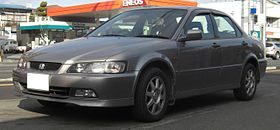
Body Style: 4-door sedan, 5-door wagon
Engine: 1.8L I4, 2.0L SOHC I4, 2.0L DOHC I4 (SiR and SiR-T), 2.2L I4 (Euro-R)
Power: 1.8: 138 hp
2.0 SOHC: 148 hp
SiR/SiR-T: 197 hp
Euro-R: 220 hp
Torque: 163 ft-lb
Weight: 1230 kg (sedan), 1330 kg (wagon)
Transmission: 4-speed automatic, 5-speed manual
Drivetrain: Front-engine, front-wheel drive or front-engine, all-wheel drive

Body Style: 4-door sedan, 5-door wagon
Engine: 1.8L I4, 2.0L SOHC I4, 2.0L DOHC I4 (SiR and SiR-T), 2.2L I4 (Euro-R)
Power: 1.8: 138 hp
2.0 SOHC: 148 hp
SiR/SiR-T: 197 hp
Euro-R: 220 hp
Torque: 163 ft-lb
Weight: 1230 kg (sedan), 1330 kg (wagon)
Transmission: 4-speed automatic, 5-speed manual
Drivetrain: Front-engine, front-wheel drive or front-engine, all-wheel drive
- 13,150

- GTPlanet
- Street-King-07
- Quattro Saltire
2013+ Maserati Ghibli
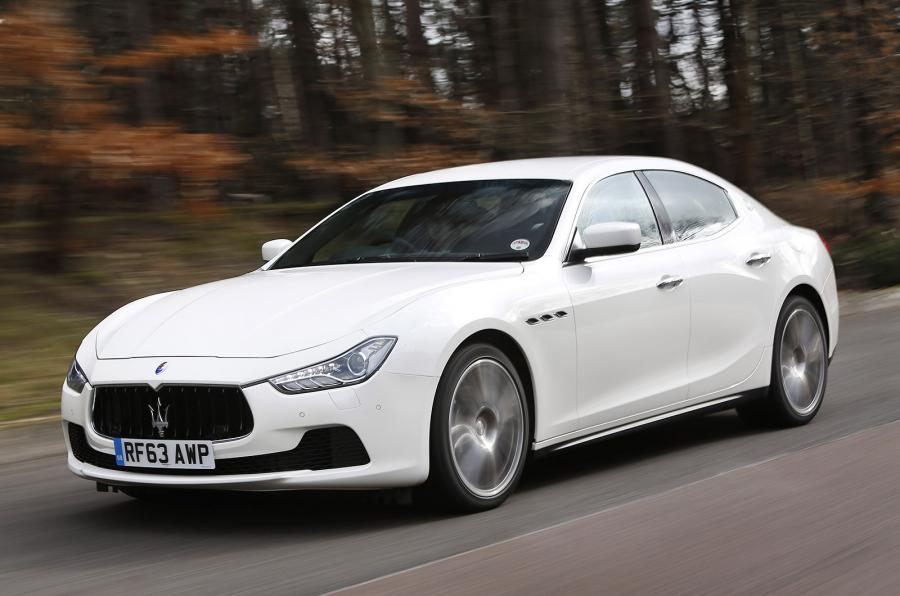
Body Style: 4-door sedan
Engine: 3.0L twin-turbocharged V6, 3.0L turbocharged V6 diesel
Power: 247-271hp (diesel), 345-404hp (petrol)
Torque: 369-420 ft lbs
Weight: 1810-1870kg
Transmission: 8-speed automatic
Drivetrain: Front-engine, rear-wheel drive or front-engine, all-wheel drive
Additional Info: Maserati's rival to the BMW 5-Series sits on a shortened Quattroporte platform and is part of Maserati's plan to dramatically increase sales. The sportiest S variant gains a Q4 AWD system and it's twin turbo V6 petrol engine is assembled at Ferrari's Modena factory. The Ghibli is also the first ever Maserati to be offered with a diesel engine to appeal more to EU and UK buyers.

Body Style: 4-door sedan
Engine: 3.0L twin-turbocharged V6, 3.0L turbocharged V6 diesel
Power: 247-271hp (diesel), 345-404hp (petrol)
Torque: 369-420 ft lbs
Weight: 1810-1870kg
Transmission: 8-speed automatic
Drivetrain: Front-engine, rear-wheel drive or front-engine, all-wheel drive
Additional Info: Maserati's rival to the BMW 5-Series sits on a shortened Quattroporte platform and is part of Maserati's plan to dramatically increase sales. The sportiest S variant gains a Q4 AWD system and it's twin turbo V6 petrol engine is assembled at Ferrari's Modena factory. The Ghibli is also the first ever Maserati to be offered with a diesel engine to appeal more to EU and UK buyers.
2017+ Lexus LC500
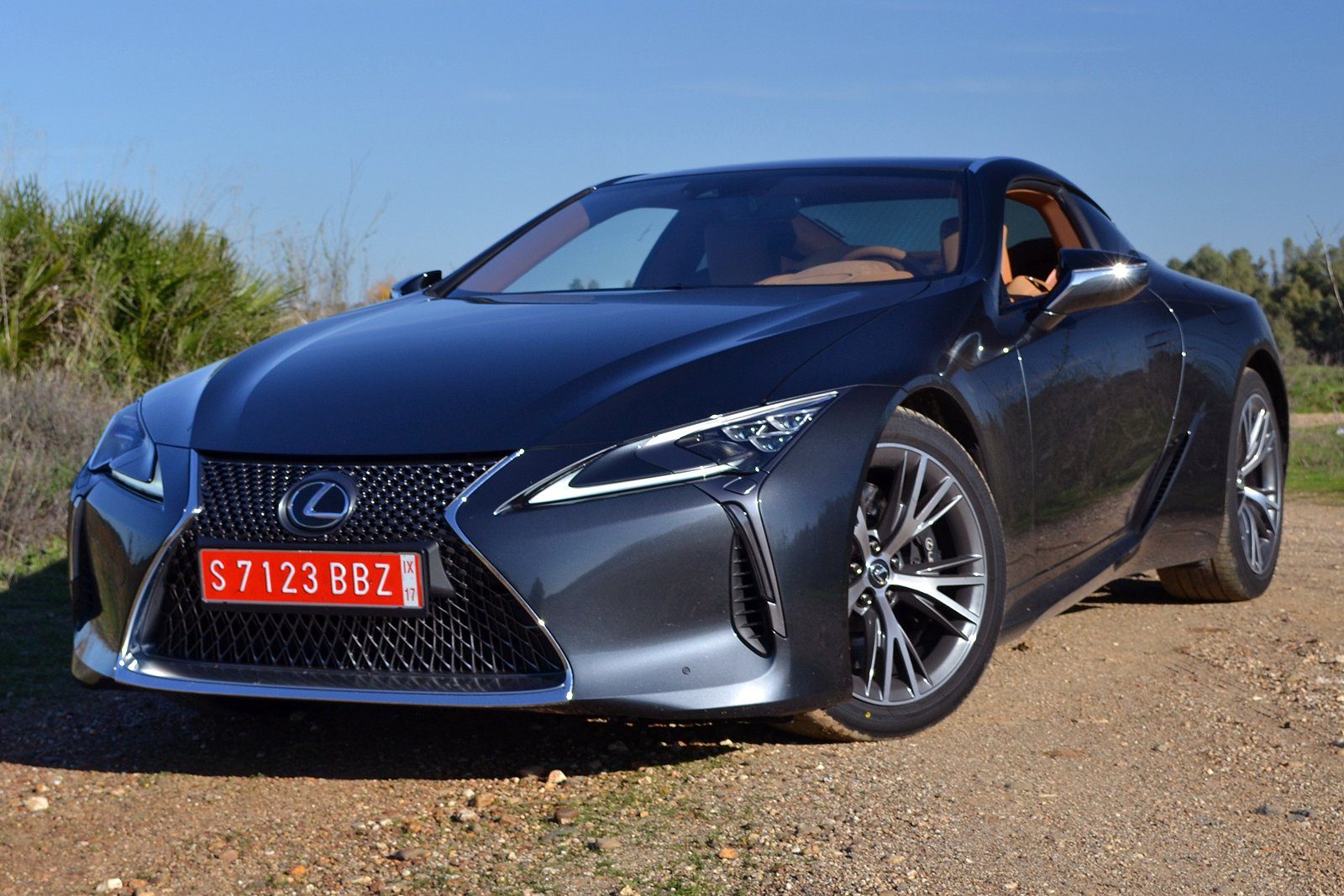
Body Style: 2 Door Grand Tourer
Engine: 5.0 V8 2UR-GSE (LC500) / 3.5 V6 8GR-FXS (LC500h)
Power: 471HP (LC500) / 295HP & 177HP Motor (LC500h)
Torque: 398 lb.-ft (LC500) / 257 lb.ft (LC500h)
Weight: 1935-1970kg (LC500)/ 1985-2020kg (LC500h)
Transmission: Direct Shift-10 Automatic
Drivetrain: Front Engine, Rear Wheel Drive
Edit:
@Custom878 Oh god, not that car... *hides*
Body Style: 2 Door Grand Tourer
Engine: 5.0 V8 2UR-GSE (LC500) / 3.5 V6 8GR-FXS (LC500h)
Power: 471HP (LC500) / 295HP & 177HP Motor (LC500h)
Torque: 398 lb.-ft (LC500) / 257 lb.ft (LC500h)
Weight: 1935-1970kg (LC500)/ 1985-2020kg (LC500h)
Transmission: Direct Shift-10 Automatic
Drivetrain: Front Engine, Rear Wheel Drive
Edit:
- 3,200
- Murcie LP710
2005-2007 Mitsubishi Lancer Evolution IX
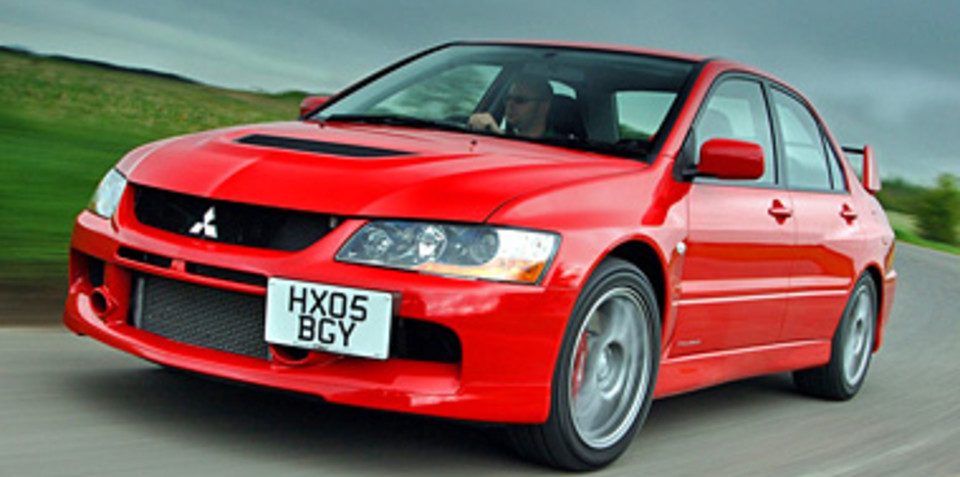
Body Style: 4-door sedan, 5-door wagon
Engine: 4G63 turbocharged and intercooled 2.0L I4
Power: 268-287hp
Torque: 253-289lb-ft
Weight: 1310-1490kg
Transmission: 5-speed manual, 6-speed manual, 5-speed INVECS-II tiptronic automatic
Drivetrain: front engine, all-wheel-drive
Additional Information: The 9th generation of Mitsubishi's rally-bred Lancer Evolution line and the last of the CT9A Lancer platform before moving to the CJ Lancer for the Evo X.
There were minor changes over the VIII, however the most notable was the IX was the first and only Evo to have a wagon variant. 2500 wagons were built and had GT, GT-A (with the Evo VII GT-A running gear except for a smaller and more responsive turbo) and MR trims.

Body Style: 4-door sedan, 5-door wagon
Engine: 4G63 turbocharged and intercooled 2.0L I4
Power: 268-287hp
Torque: 253-289lb-ft
Weight: 1310-1490kg
Transmission: 5-speed manual, 6-speed manual, 5-speed INVECS-II tiptronic automatic
Drivetrain: front engine, all-wheel-drive
Additional Information: The 9th generation of Mitsubishi's rally-bred Lancer Evolution line and the last of the CT9A Lancer platform before moving to the CJ Lancer for the Evo X.
There were minor changes over the VIII, however the most notable was the IX was the first and only Evo to have a wagon variant. 2500 wagons were built and had GT, GT-A (with the Evo VII GT-A running gear except for a smaller and more responsive turbo) and MR trims.
- 1,512

- Pacific NW
- ThrasherDBS
- ThrasherDBS
1962-1965 Apollo GT
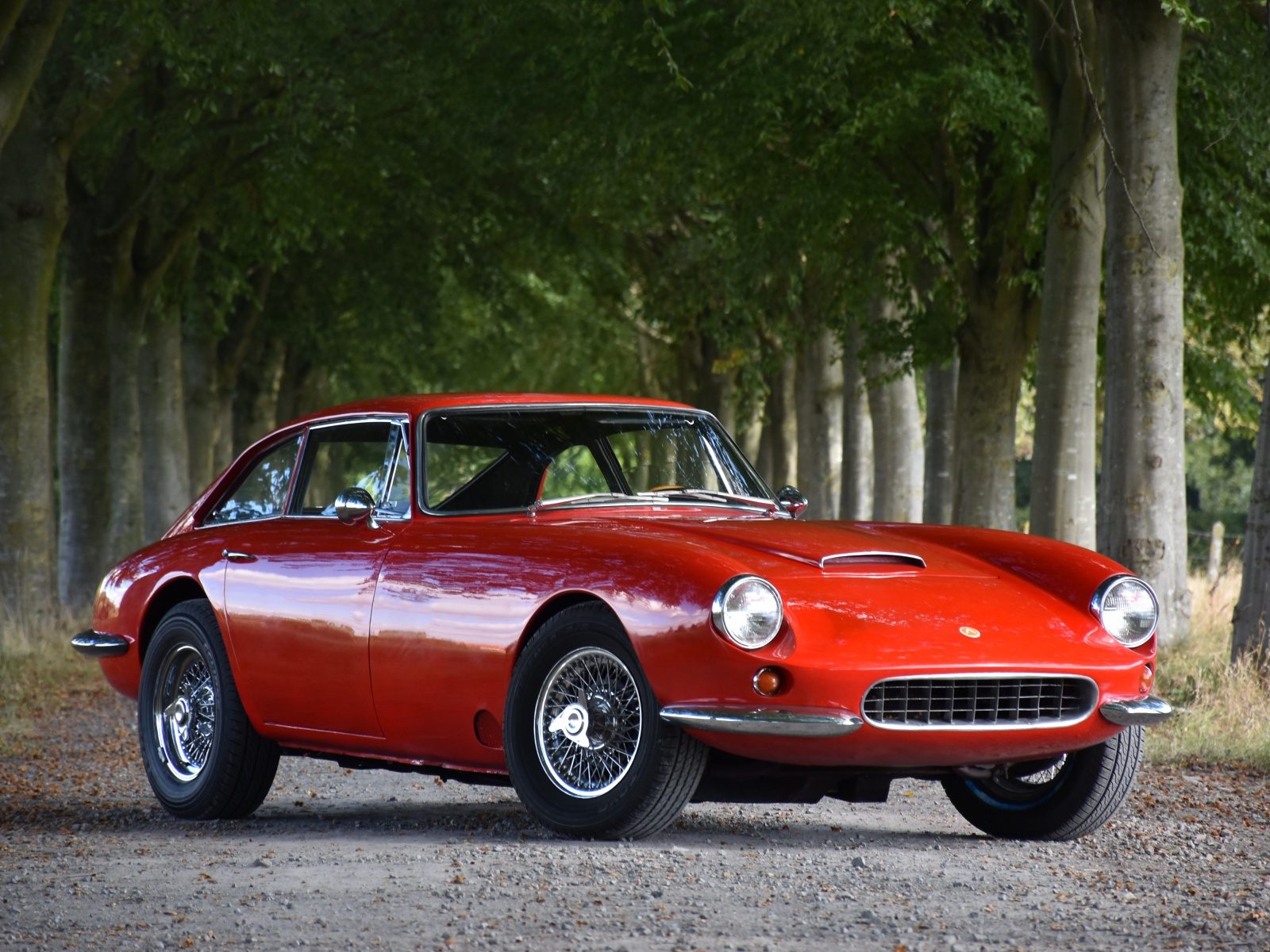
Body Style: 2-door fastback coupe or convertible
Engines: 3.5L or 4.9L Buick V8
Power: 225-250 HP
Torque: 335 lb-ft
Weight: 1030-1150kg
Transmission: 4-speed manual, 3-speed automatic
Drivetrain: Front-engine, rear-wheel drive
Additional Information: This car was born out of an American engineer's desire to build cars to rival European GT cars of its time among the likes of Aston Martin and Ferrari. Milt Brown (the American engineer in question) made an agreement with coachbuilder and tuner Frank Reisner to build bodies for his car. Production was sporadic and ultimately led to less than 90 examples being built by multiple nameplates due to funding issues.

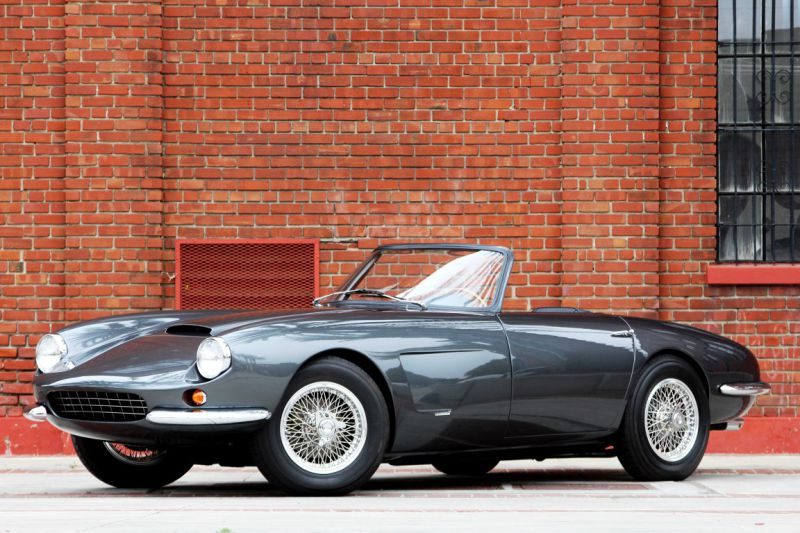
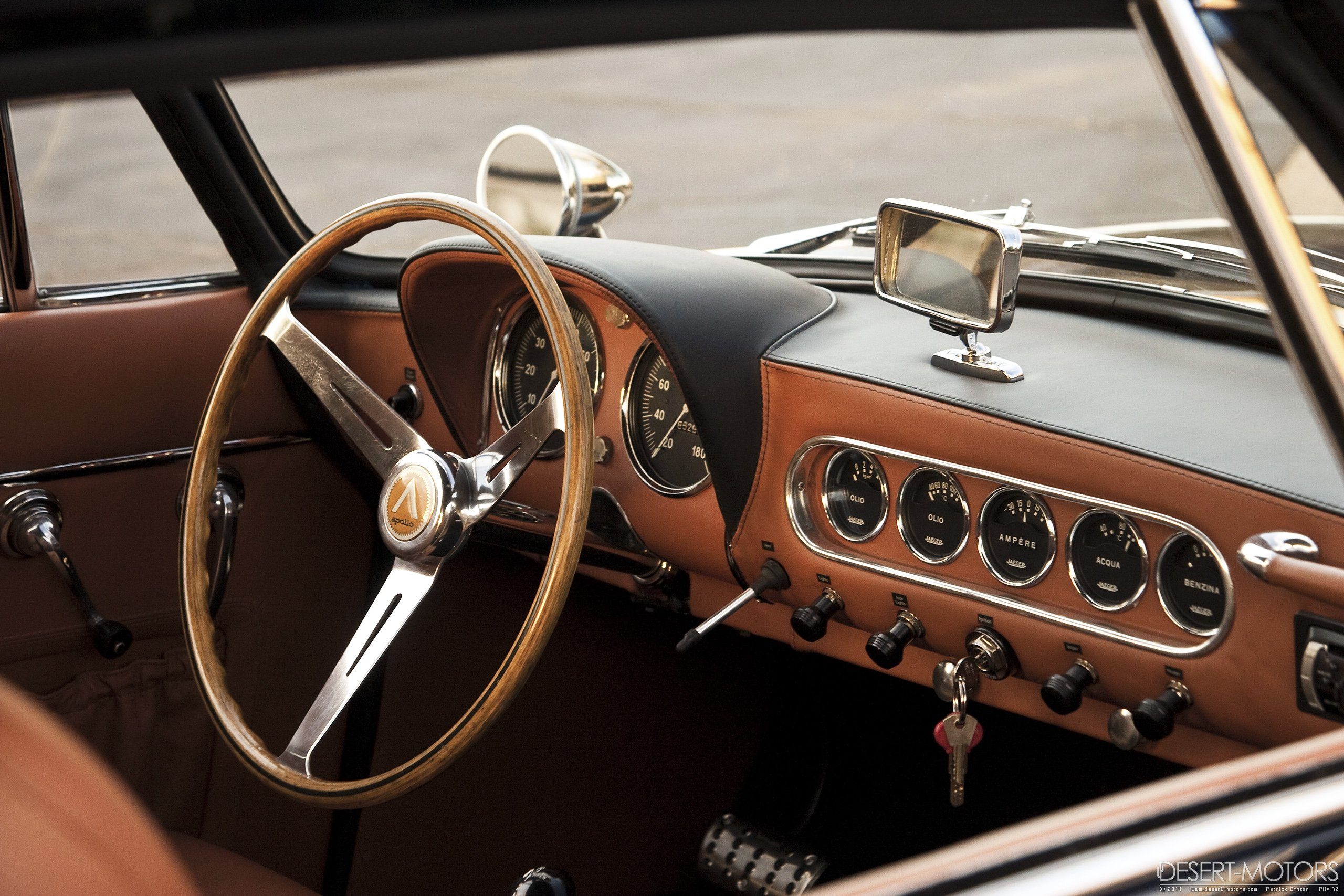
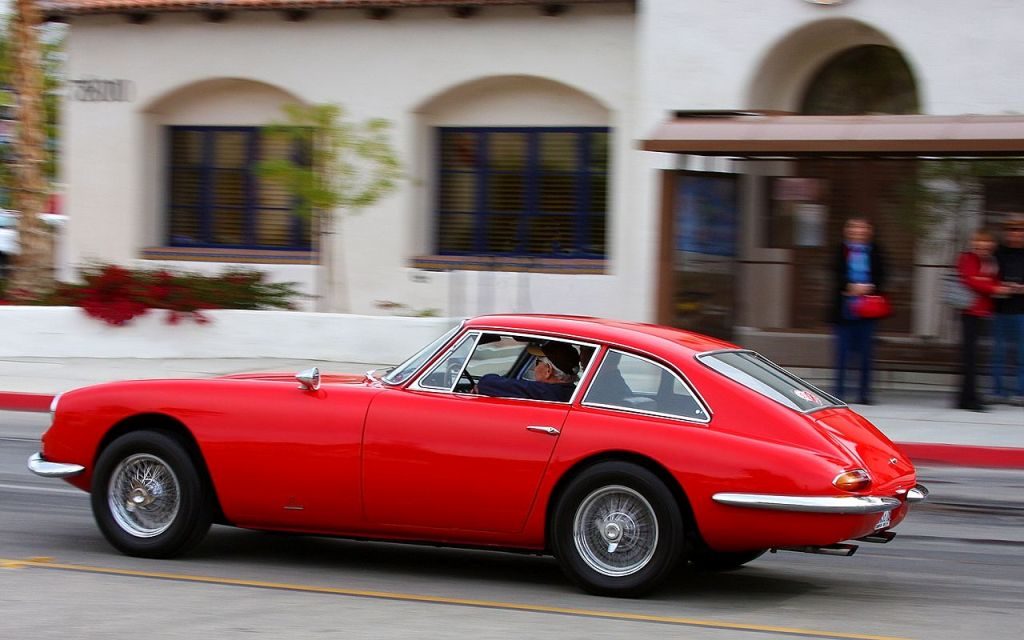

Body Style: 2-door fastback coupe or convertible
Engines: 3.5L or 4.9L Buick V8
Power: 225-250 HP
Torque: 335 lb-ft
Weight: 1030-1150kg
Transmission: 4-speed manual, 3-speed automatic
Drivetrain: Front-engine, rear-wheel drive
Additional Information: This car was born out of an American engineer's desire to build cars to rival European GT cars of its time among the likes of Aston Martin and Ferrari. Milt Brown (the American engineer in question) made an agreement with coachbuilder and tuner Frank Reisner to build bodies for his car. Production was sporadic and ultimately led to less than 90 examples being built by multiple nameplates due to funding issues.




- 6,225

- Ottawa
- Pyano1132
1992-2003 Ferrari 456 (M)

Body Style: 2-Door 2+2 Coupe
Engine: 5.5L Tippo F116 V12
Power: 436 HP
Torque: 406 LB-FT
Weight: 1690 KG
Transmission: 6-Speed Gated Manual, 4-Speed Automatic
Drivetrain: Front-engine, Rear-wheel drive
Additional Information: The Ferrari 456 was designed to be Ferrari's more refined GT option compared to the F355 and 360. Production began in 1993, and after a series of refinements continued on through 2003 with the introduction of the 456M. The 456 was less hardcore than the 550 Maranello and 575M, featuring rounder styling and two additional seats in the cabin. Yes, this Ferrari is the 90's equivalent to the GTC4, featuring two more seats the every other Ferrari in it's range. For practicality, this was the most practical Ferrari of the lot in it's day. Although the 456 shares its engine with the 550 and 575, this version of the F116 is significantly de-tuned compared to those versions.
Once production ended in 2003, the 456M was succeeded by the 612 Scaglietti, followed later by the FF and GTC4 Lusso. The 456 was the car which set the trend of four-seater GT Ferrari sports cars for nearly two decades and counting.





(fun fact: this is the only Ferrari I've ever had the opportunity of sitting in.)
Body Style: 2-Door 2+2 Coupe
Engine: 5.5L Tippo F116 V12
Power: 436 HP
Torque: 406 LB-FT
Weight: 1690 KG
Transmission: 6-Speed Gated Manual, 4-Speed Automatic
Drivetrain: Front-engine, Rear-wheel drive
Additional Information: The Ferrari 456 was designed to be Ferrari's more refined GT option compared to the F355 and 360. Production began in 1993, and after a series of refinements continued on through 2003 with the introduction of the 456M. The 456 was less hardcore than the 550 Maranello and 575M, featuring rounder styling and two additional seats in the cabin. Yes, this Ferrari is the 90's equivalent to the GTC4, featuring two more seats the every other Ferrari in it's range. For practicality, this was the most practical Ferrari of the lot in it's day. Although the 456 shares its engine with the 550 and 575, this version of the F116 is significantly de-tuned compared to those versions.
Once production ended in 2003, the 456M was succeeded by the 612 Scaglietti, followed later by the FF and GTC4 Lusso. The 456 was the car which set the trend of four-seater GT Ferrari sports cars for nearly two decades and counting.
(fun fact: this is the only Ferrari I've ever had the opportunity of sitting in.)
- 1,657

- With Kim Jong Un
1970-1977 Mitsubishi Galant GTO
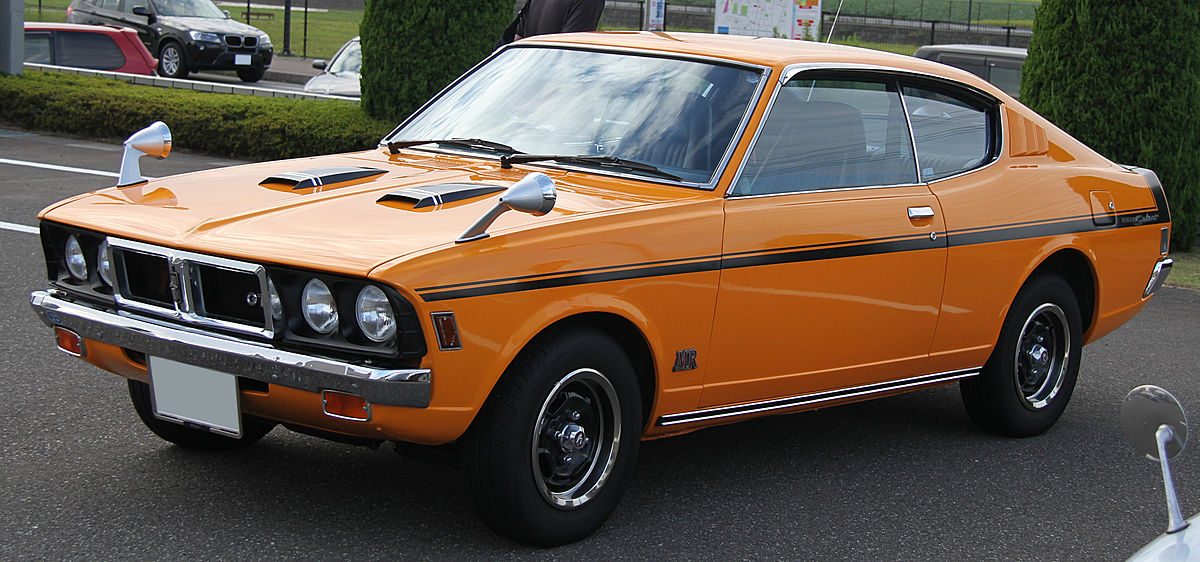
Body Style: 2-door coupe
Engine: 1.6 liter 4G32 naturally-aspirated Inline-4, 1.7 liter 4G35 naturally-aspirated Inline-4, 2.0 liter 4G52 naturally-aspirated Inline-4
Power: 96-125 HP
Torque: 103-127 ft-lb
Weight: 980 kg
Transmission: 3-speed automatic, 4-speed manual, 5-speed manual
Drivetrain: Front-engine, rear-wheel drive
Additional Information:
The Mitsubishi Galant GTO (Gran Turismo Omologato) was first shown as the Galant GTX-1 showcar at the 1969 Tokyo Motor Show. Sales began in November 1970, when it was the flagship hardtop variant of Mitsubishi Heavy Industries's then-new Colt Galant sedan. The Galant GTO was designed by Hiroaki Kamisago and it incorporated a number of stylistic cues from contemporary American muscle cars of the era, including a long hood, raised cut-off ducktail rear, and rounded quad-headlamps and tail-lamps. The GTO was the third Japanese car to have a pillarless hardtop design after the Toyota T40 series Corona of 1966 and Mitsubishi's own Galant Hardtop launched earlier in 1970. Mitsubishi Racing Development intended for the Galant GTO to compete in the prestigious JCCA Grand Prix circuit. However, the oil embargo of 1973 caused the demise of GP racing, so the GTO race program was cancelled. Nevertheless, GTO's were successful in rallying, including the famous Japanese Alpine Rally. The Galant GTO was replaced by the Galant Lambda/Sapporo in December 1976, though production continued until 1977. The nameplate was revived in 1990 for the Mitsubishi GTO, although this name was only used in the Japanese domestic market.
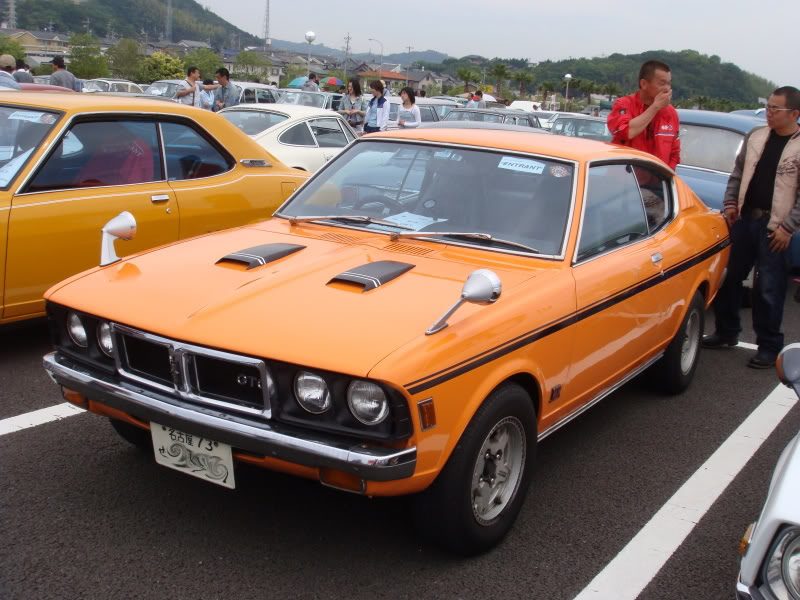
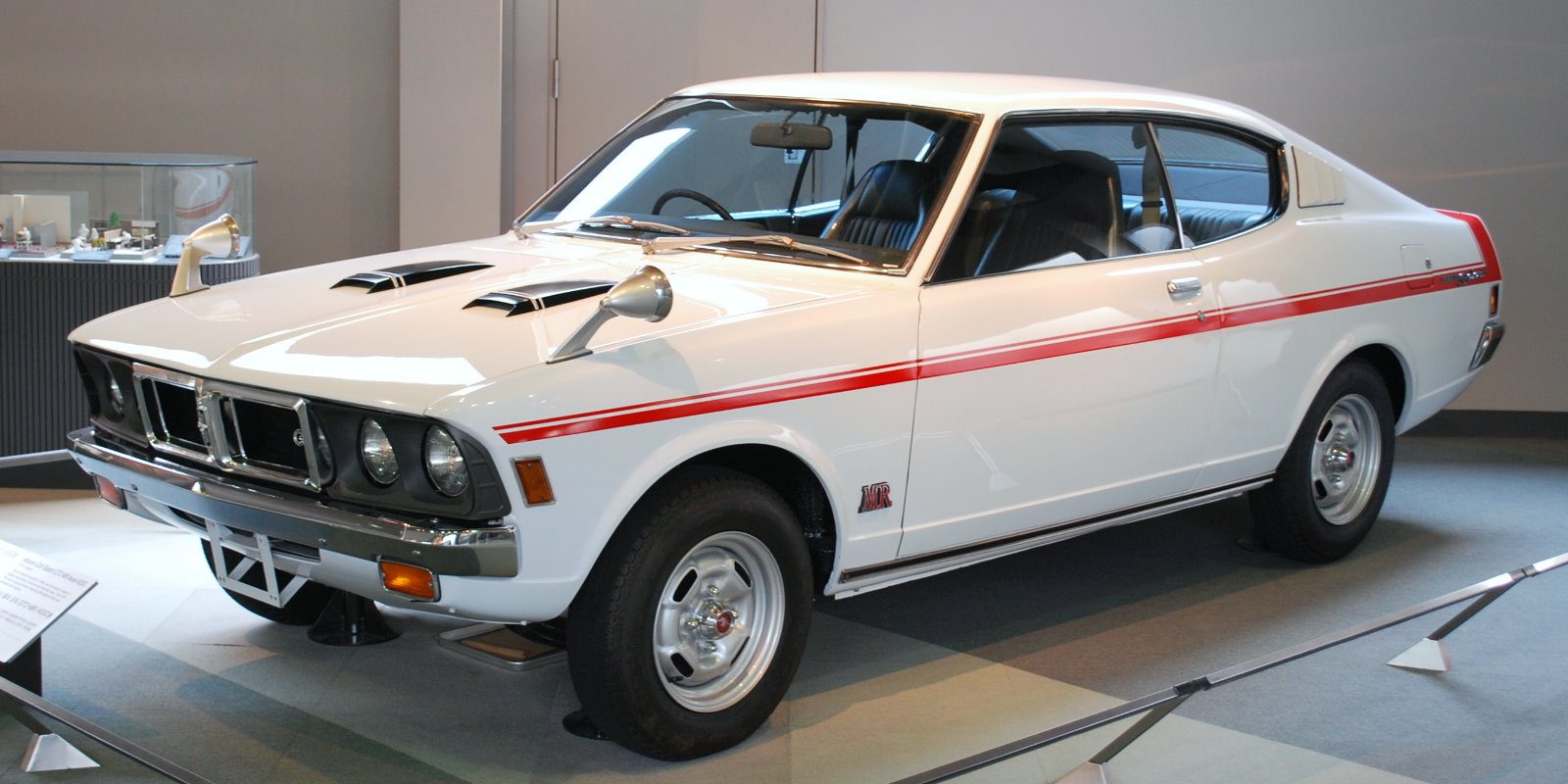
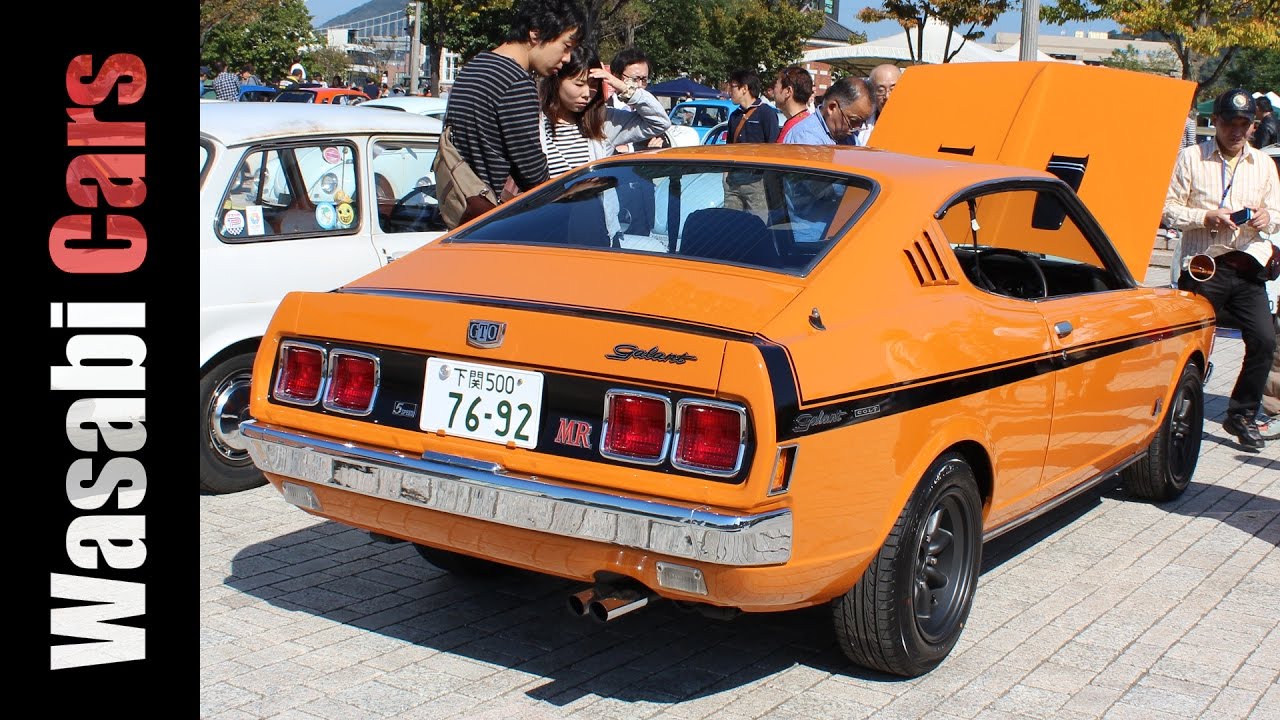
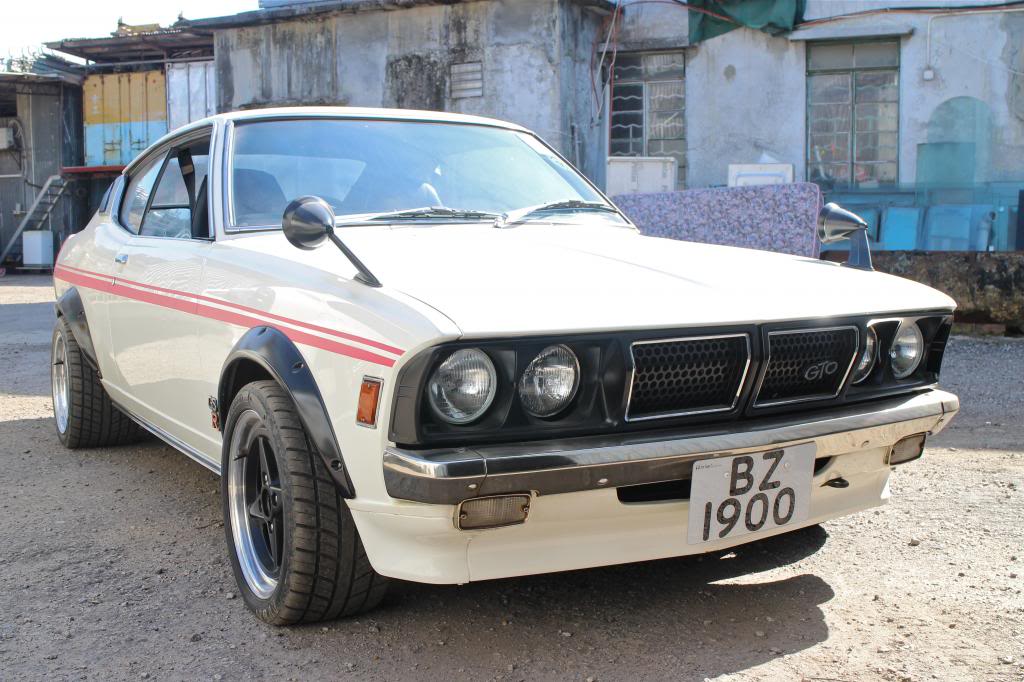
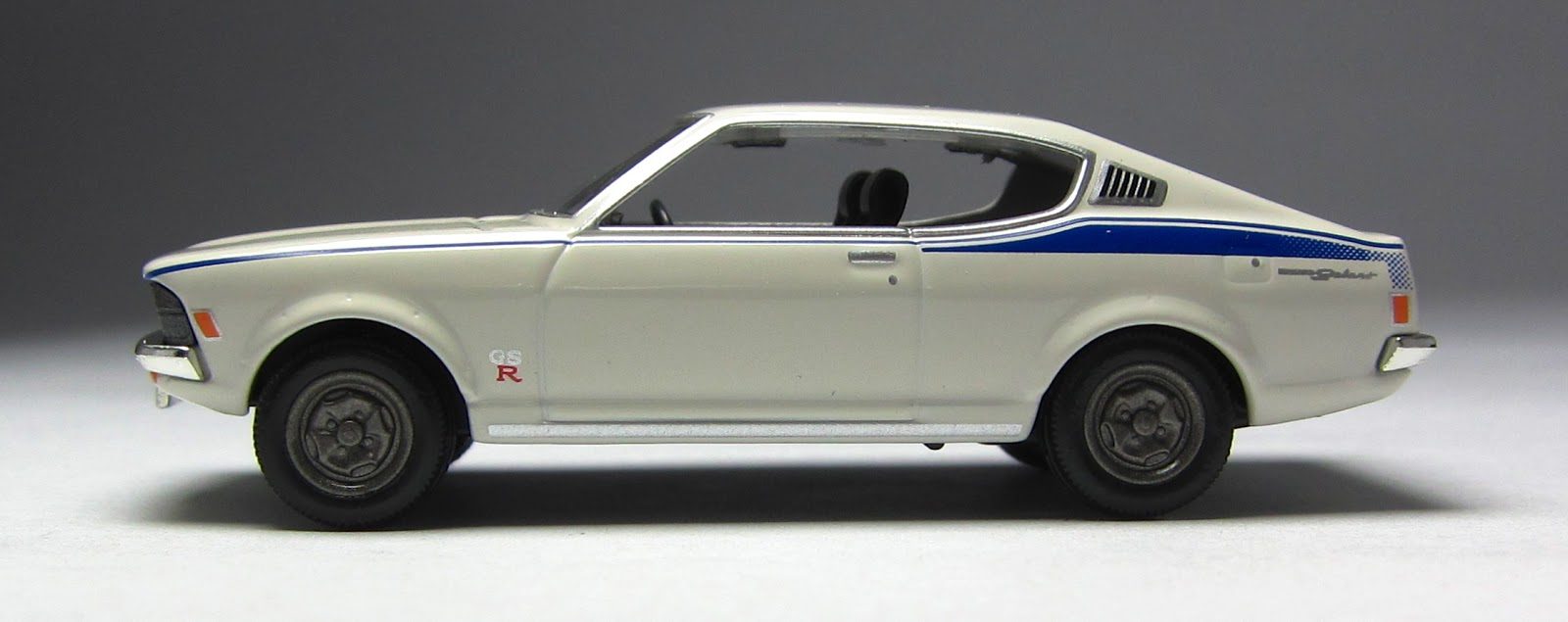
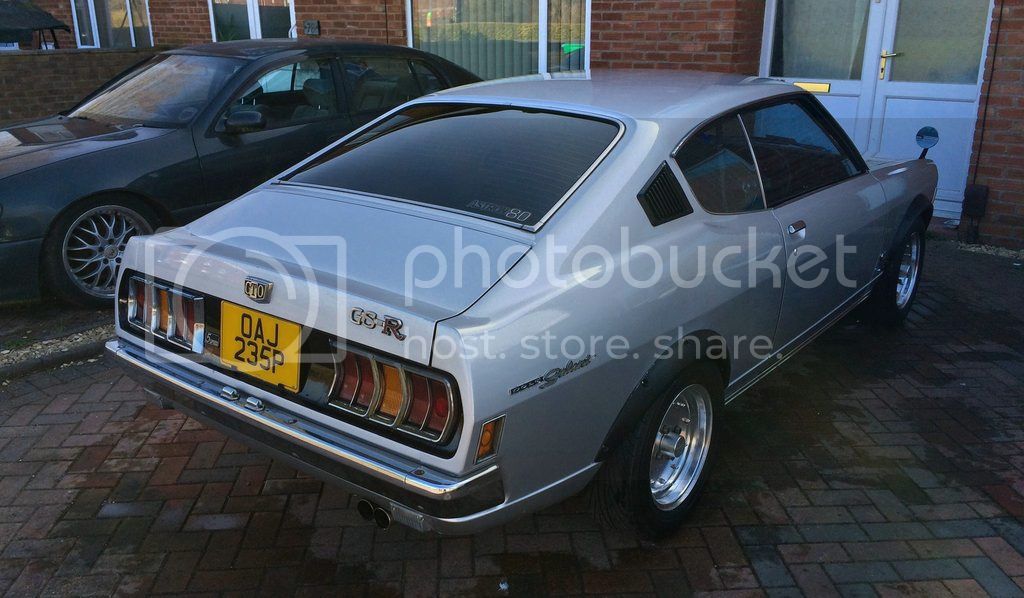
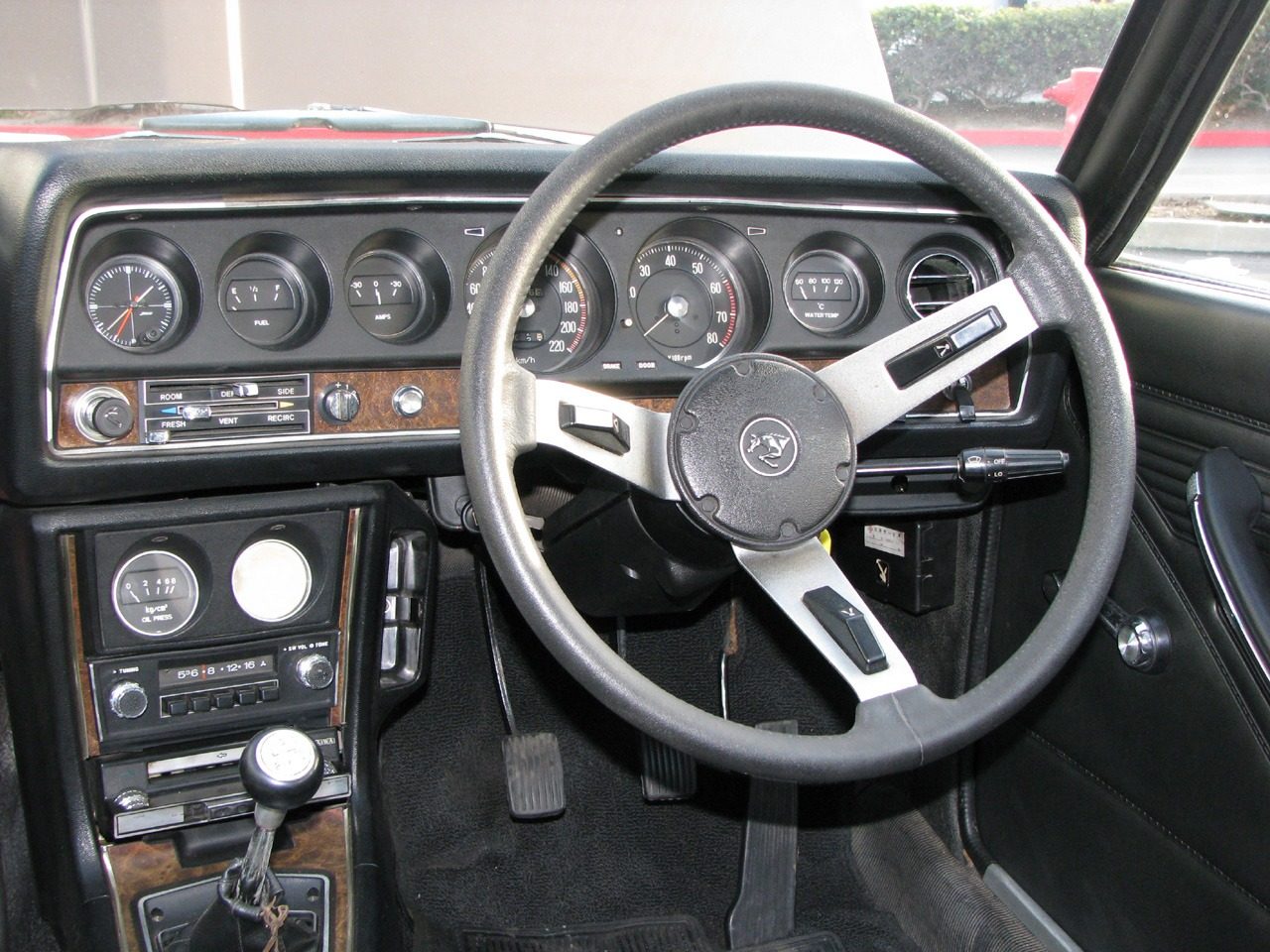

Body Style: 2-door coupe
Engine: 1.6 liter 4G32 naturally-aspirated Inline-4, 1.7 liter 4G35 naturally-aspirated Inline-4, 2.0 liter 4G52 naturally-aspirated Inline-4
Power: 96-125 HP
Torque: 103-127 ft-lb
Weight: 980 kg
Transmission: 3-speed automatic, 4-speed manual, 5-speed manual
Drivetrain: Front-engine, rear-wheel drive
Additional Information:
The Mitsubishi Galant GTO (Gran Turismo Omologato) was first shown as the Galant GTX-1 showcar at the 1969 Tokyo Motor Show. Sales began in November 1970, when it was the flagship hardtop variant of Mitsubishi Heavy Industries's then-new Colt Galant sedan. The Galant GTO was designed by Hiroaki Kamisago and it incorporated a number of stylistic cues from contemporary American muscle cars of the era, including a long hood, raised cut-off ducktail rear, and rounded quad-headlamps and tail-lamps. The GTO was the third Japanese car to have a pillarless hardtop design after the Toyota T40 series Corona of 1966 and Mitsubishi's own Galant Hardtop launched earlier in 1970. Mitsubishi Racing Development intended for the Galant GTO to compete in the prestigious JCCA Grand Prix circuit. However, the oil embargo of 1973 caused the demise of GP racing, so the GTO race program was cancelled. Nevertheless, GTO's were successful in rallying, including the famous Japanese Alpine Rally. The Galant GTO was replaced by the Galant Lambda/Sapporo in December 1976, though production continued until 1977. The nameplate was revived in 1990 for the Mitsubishi GTO, although this name was only used in the Japanese domestic market.









